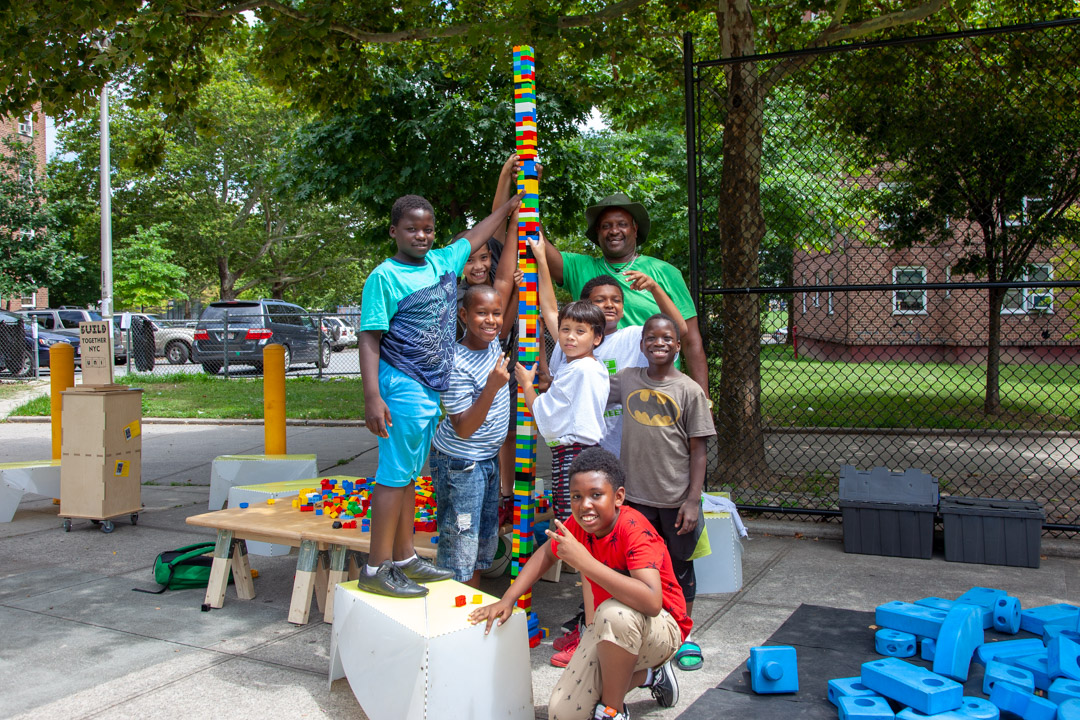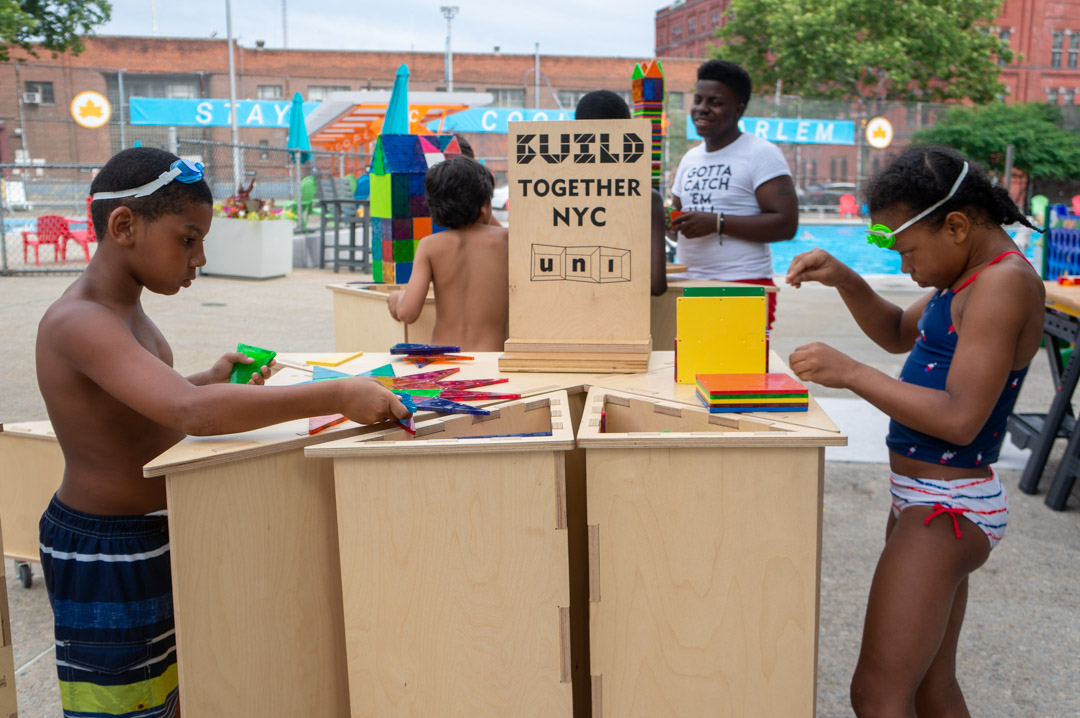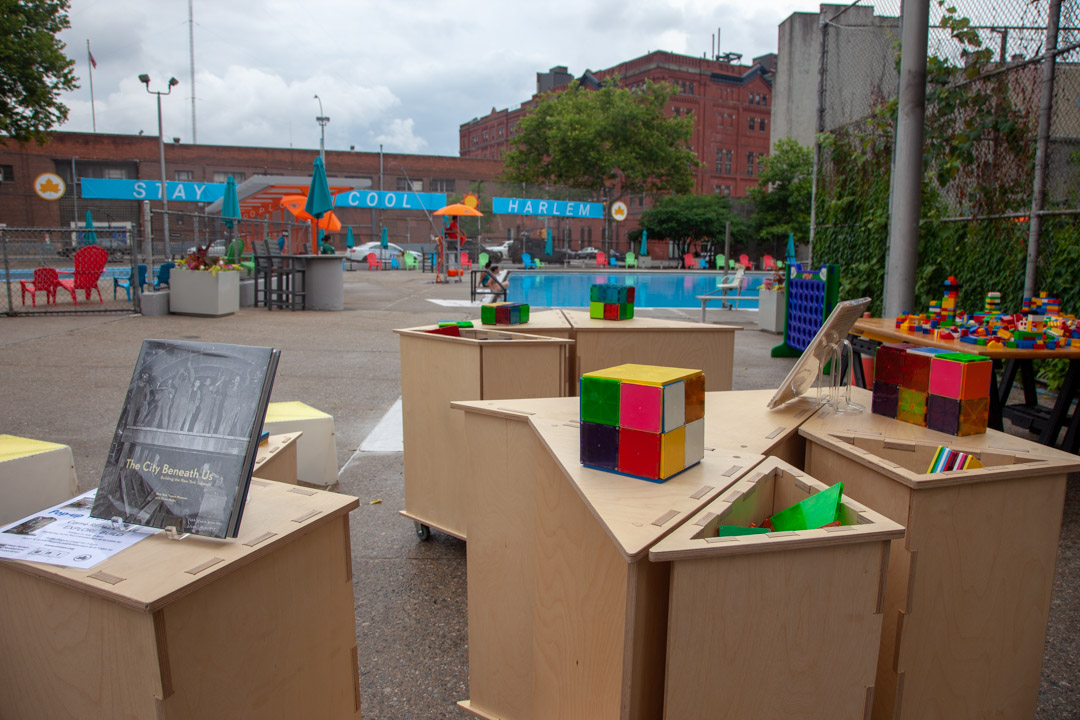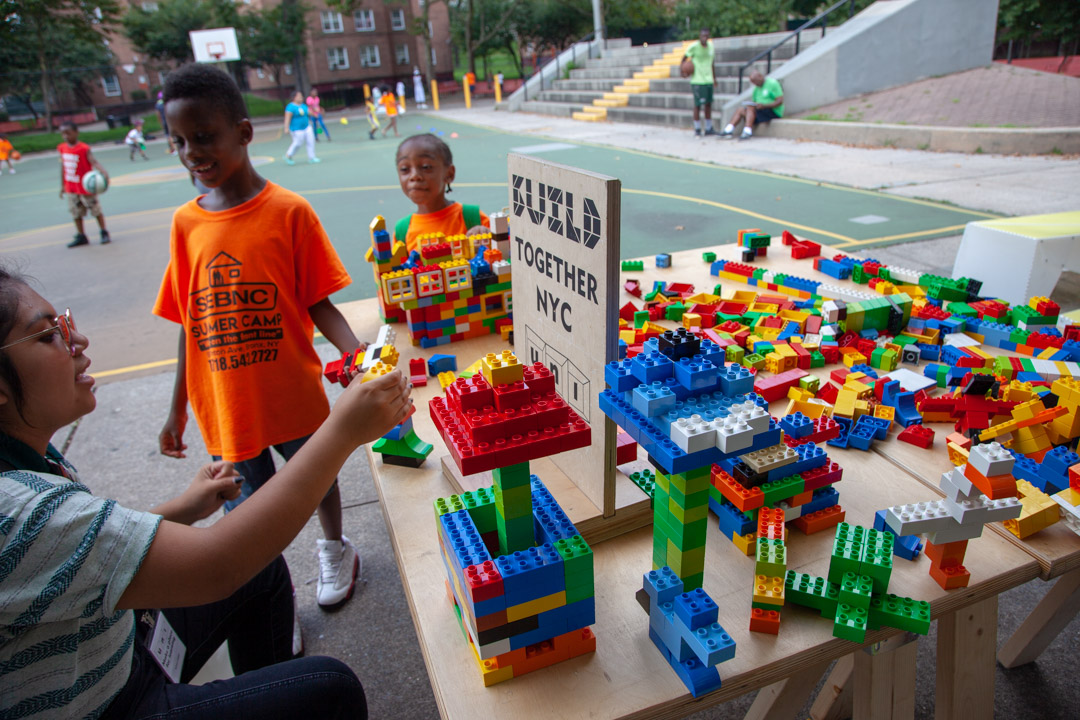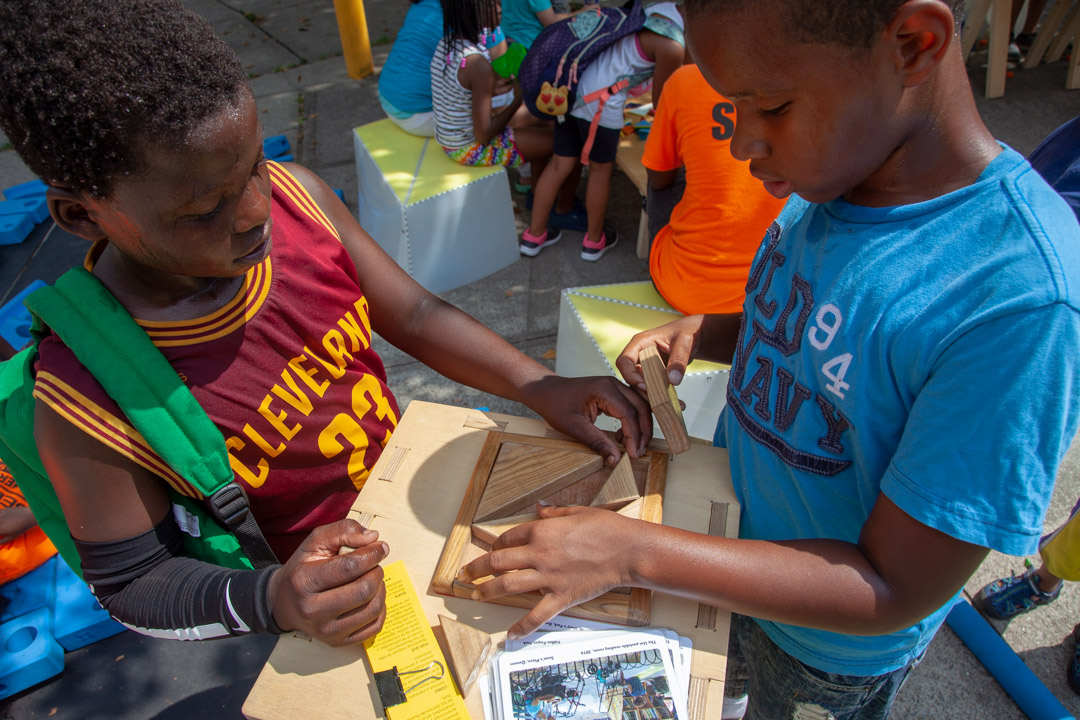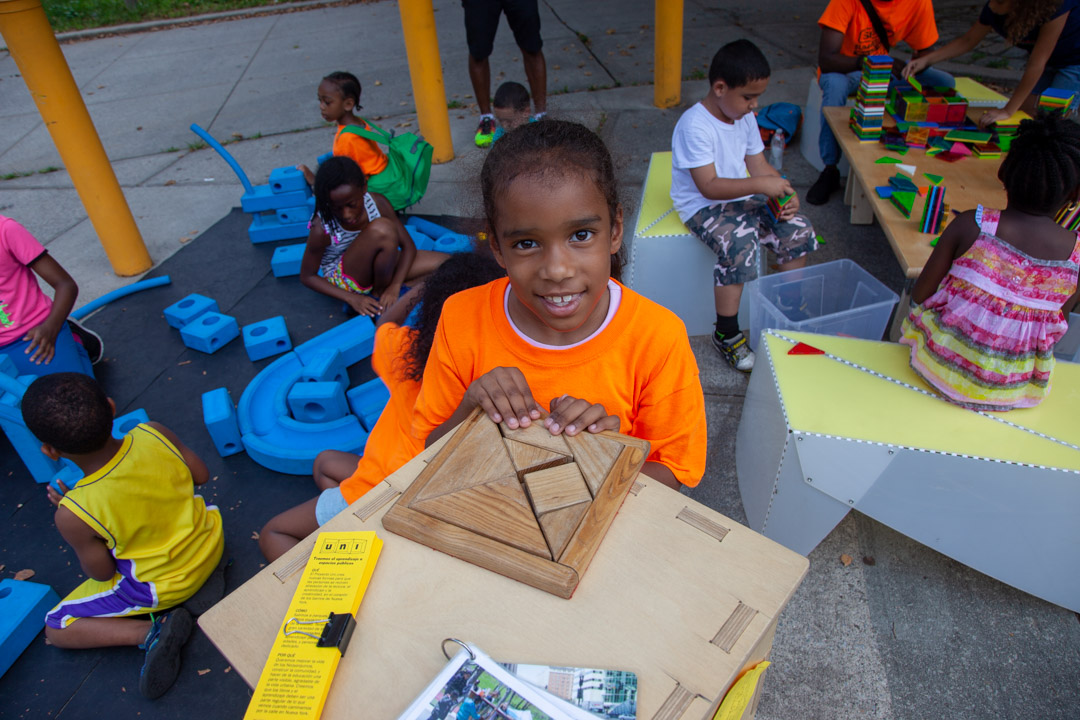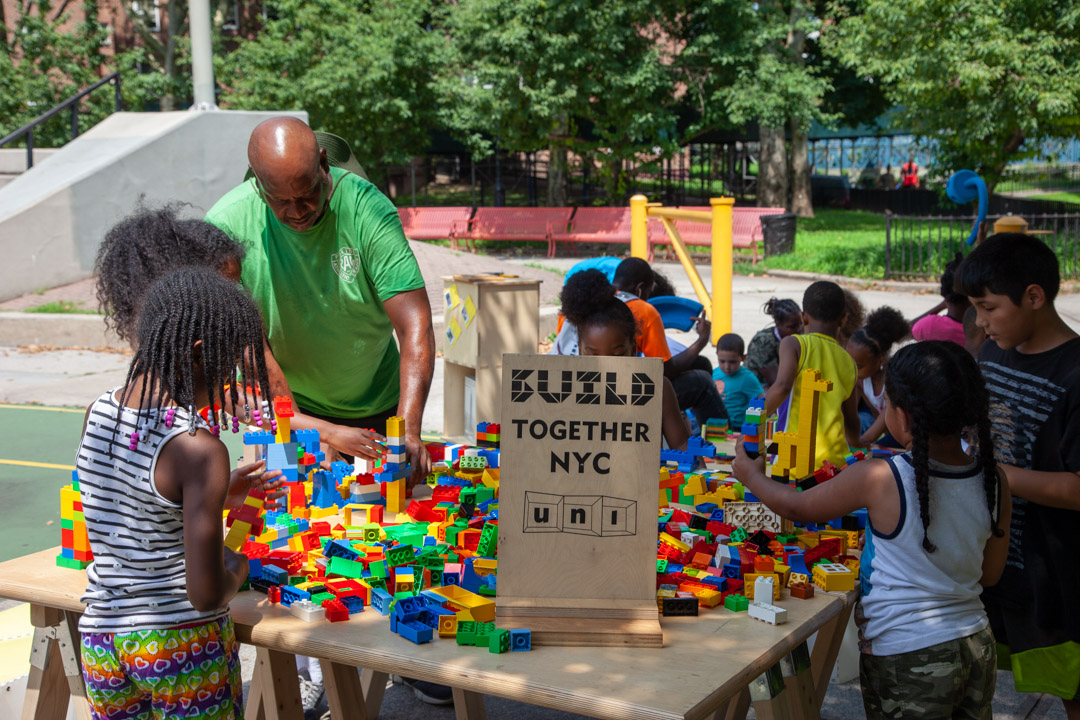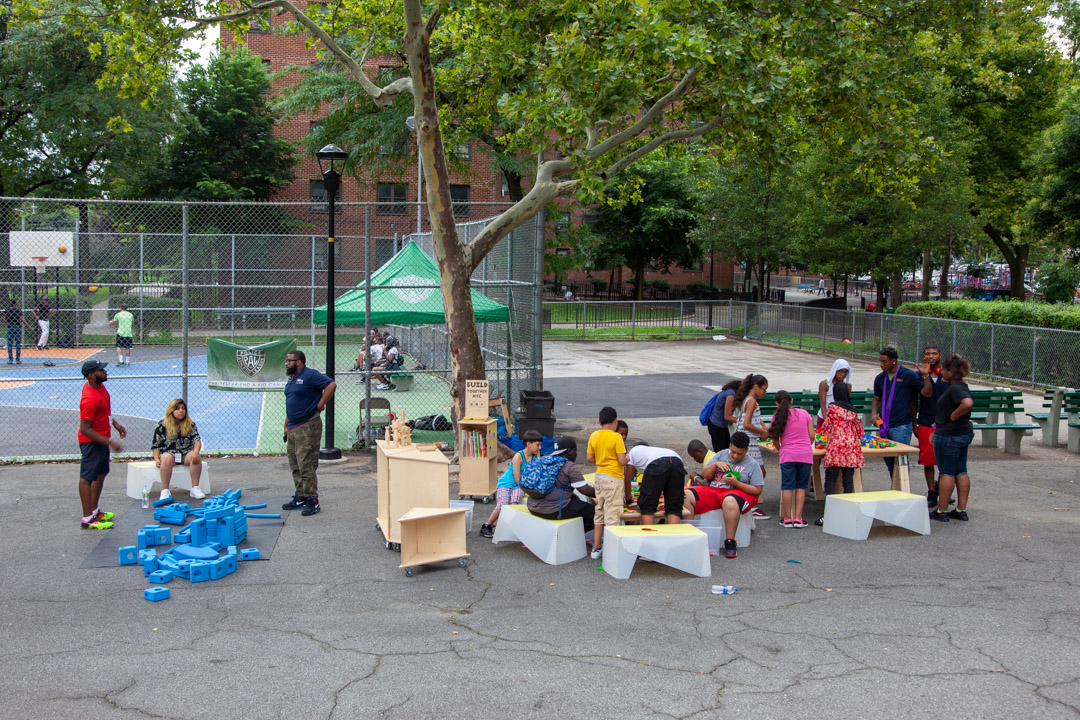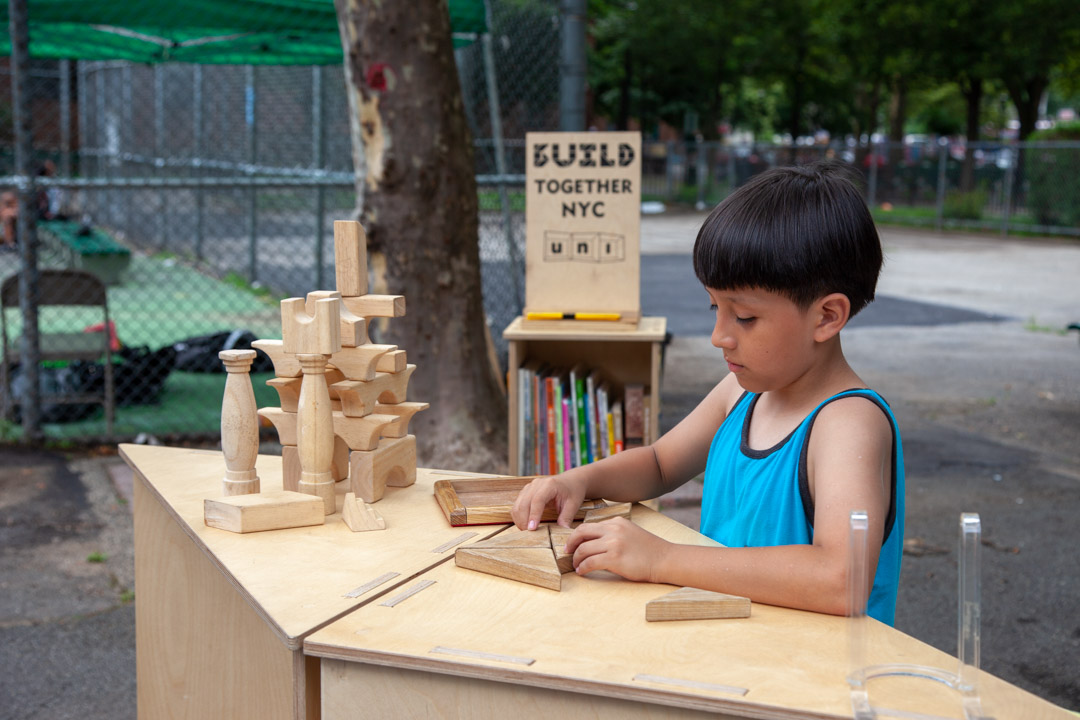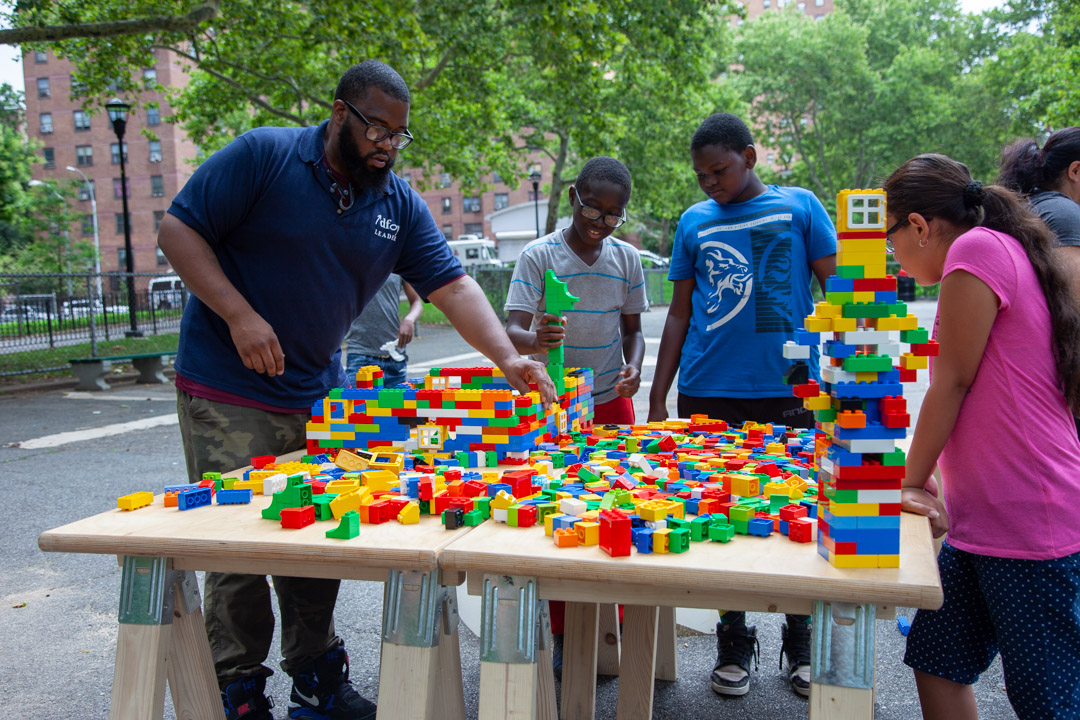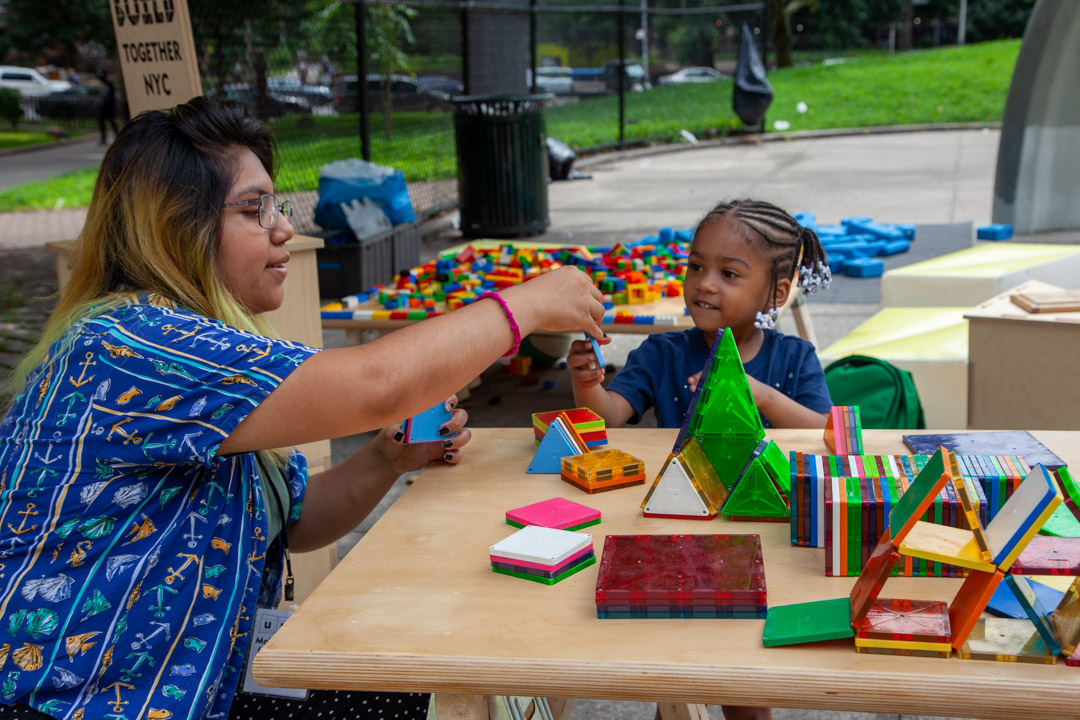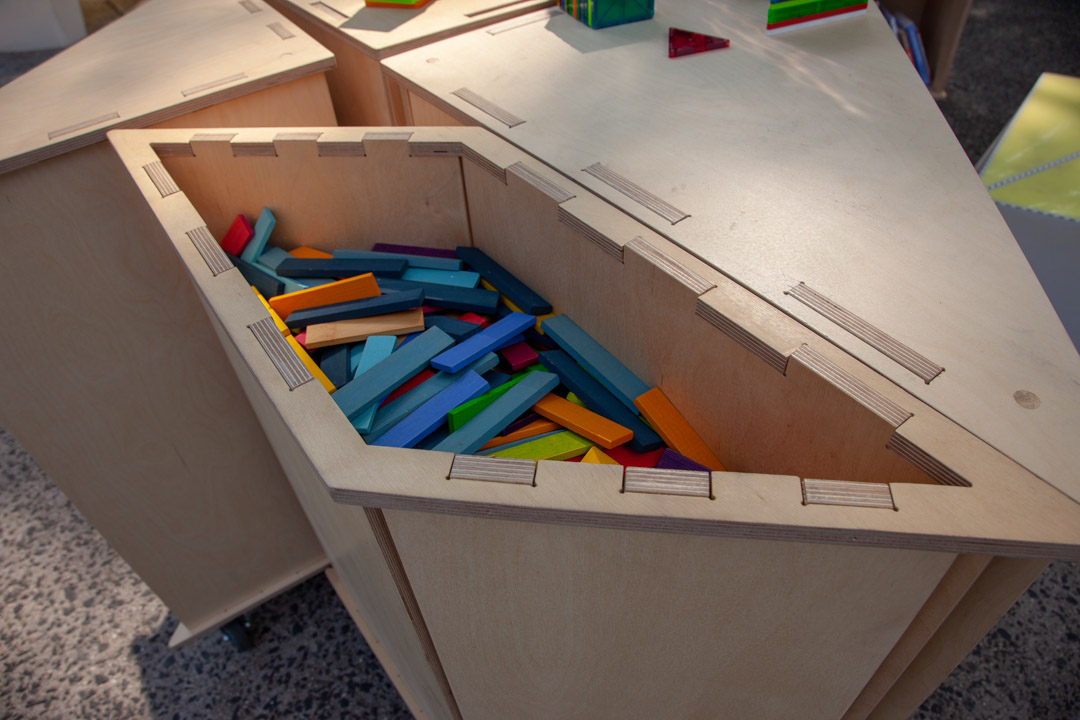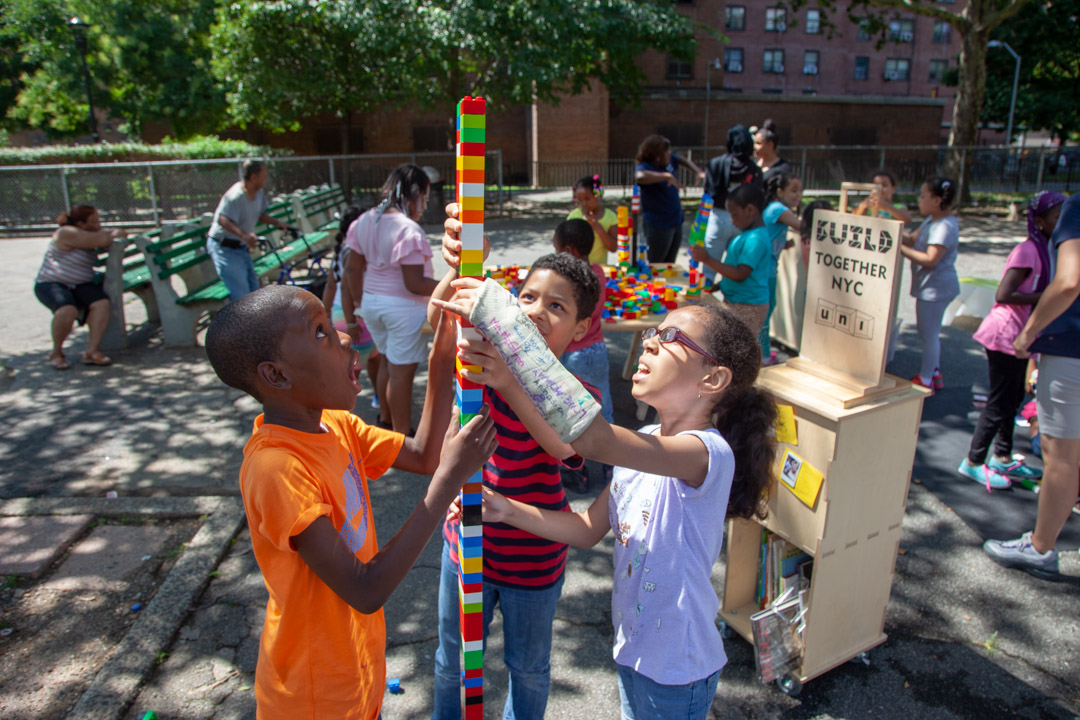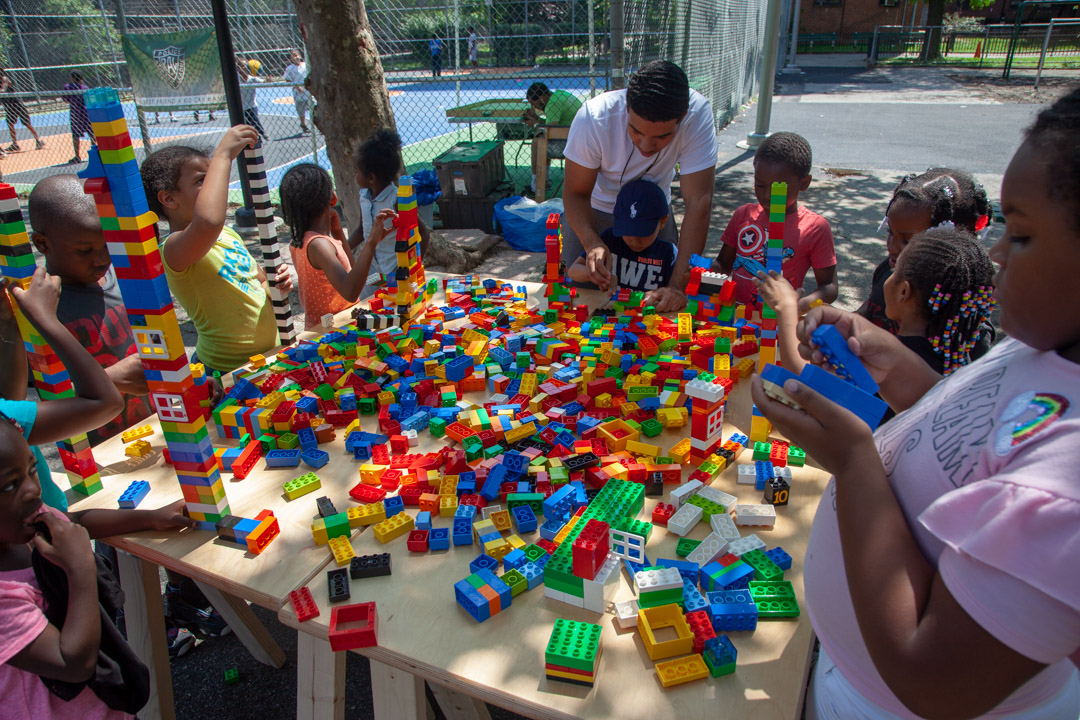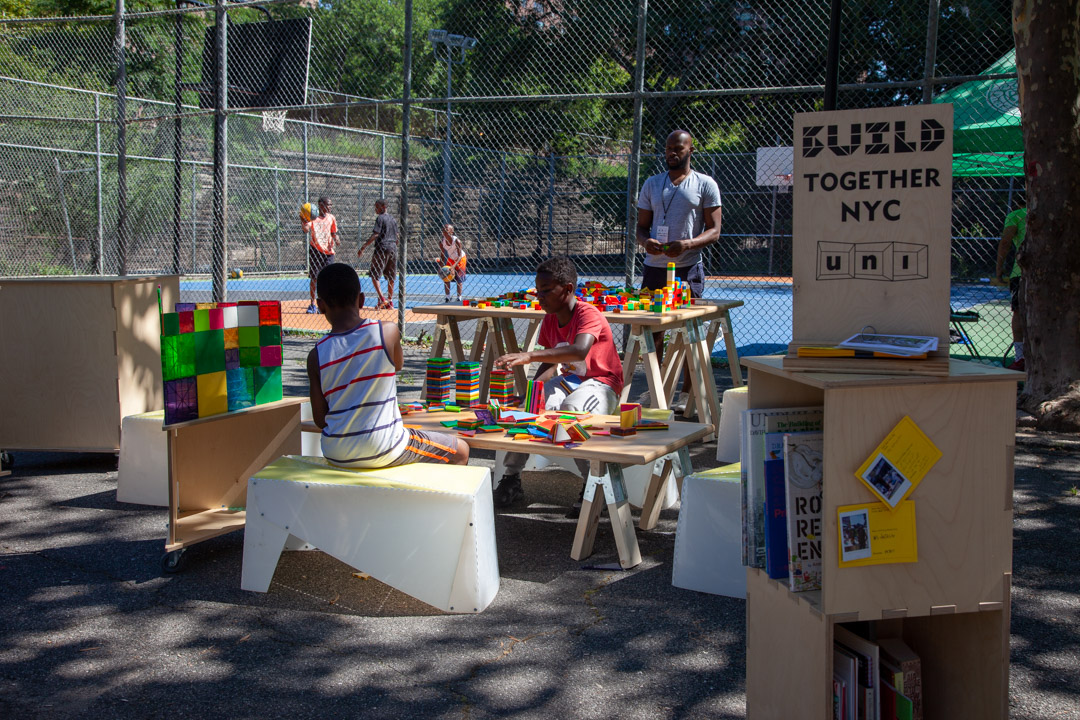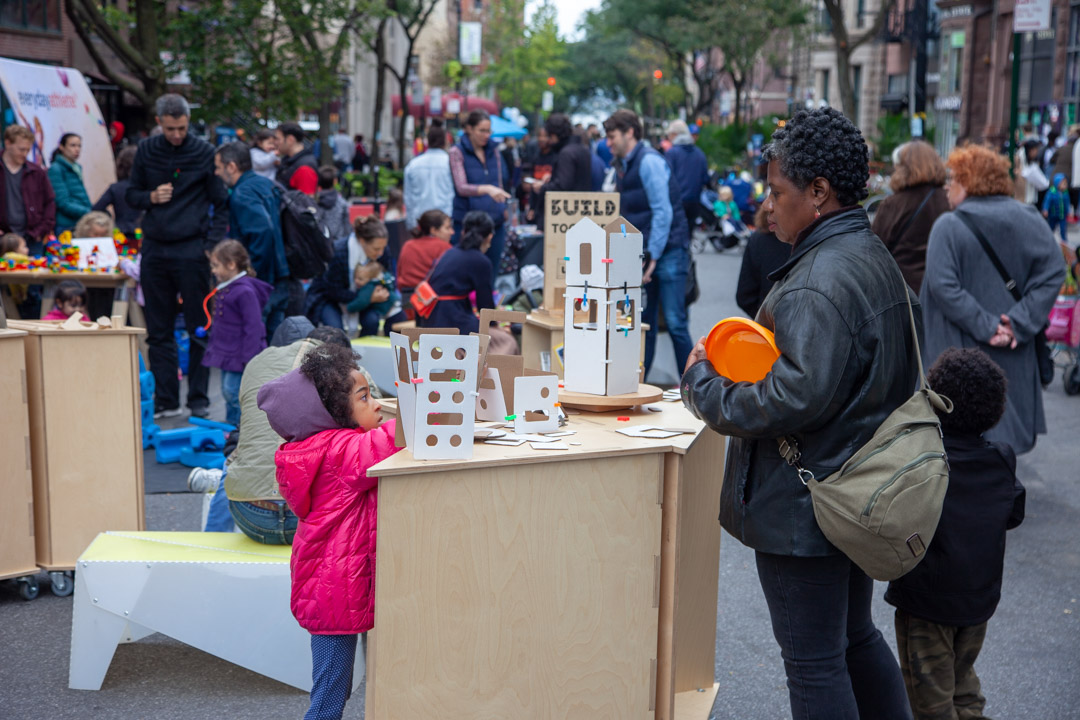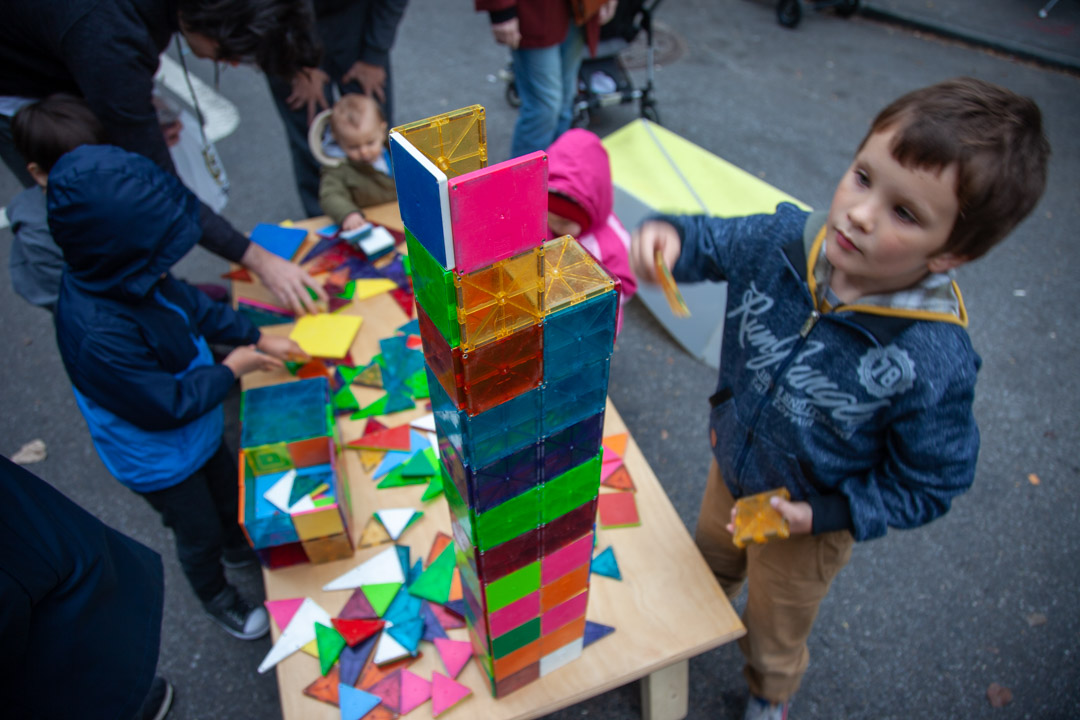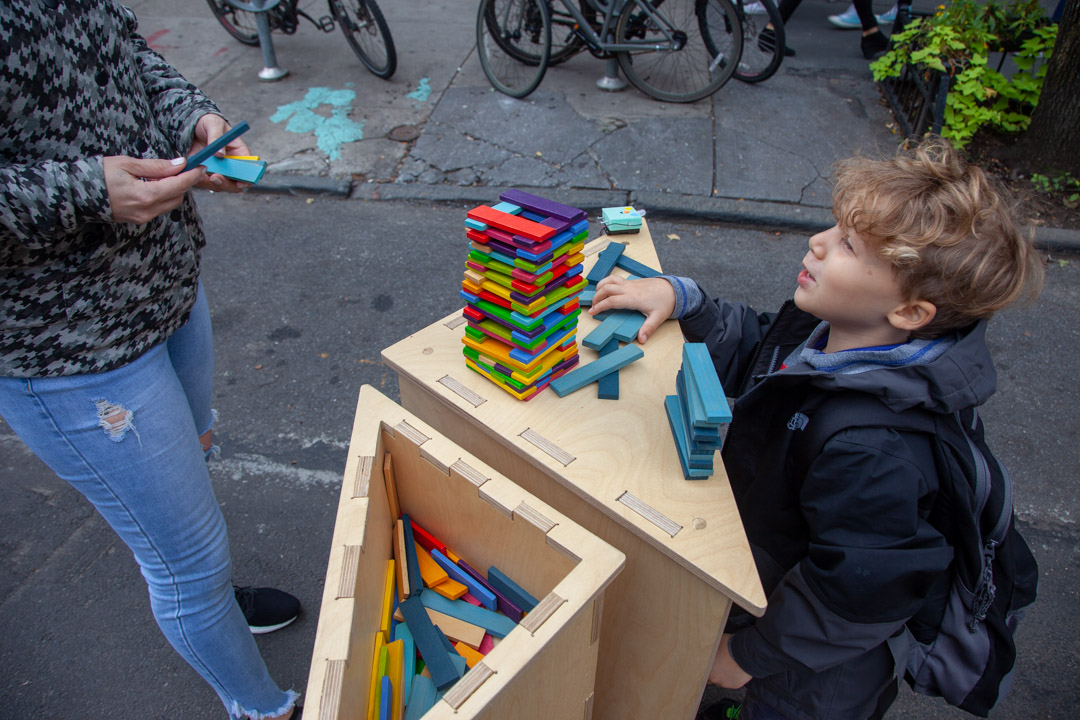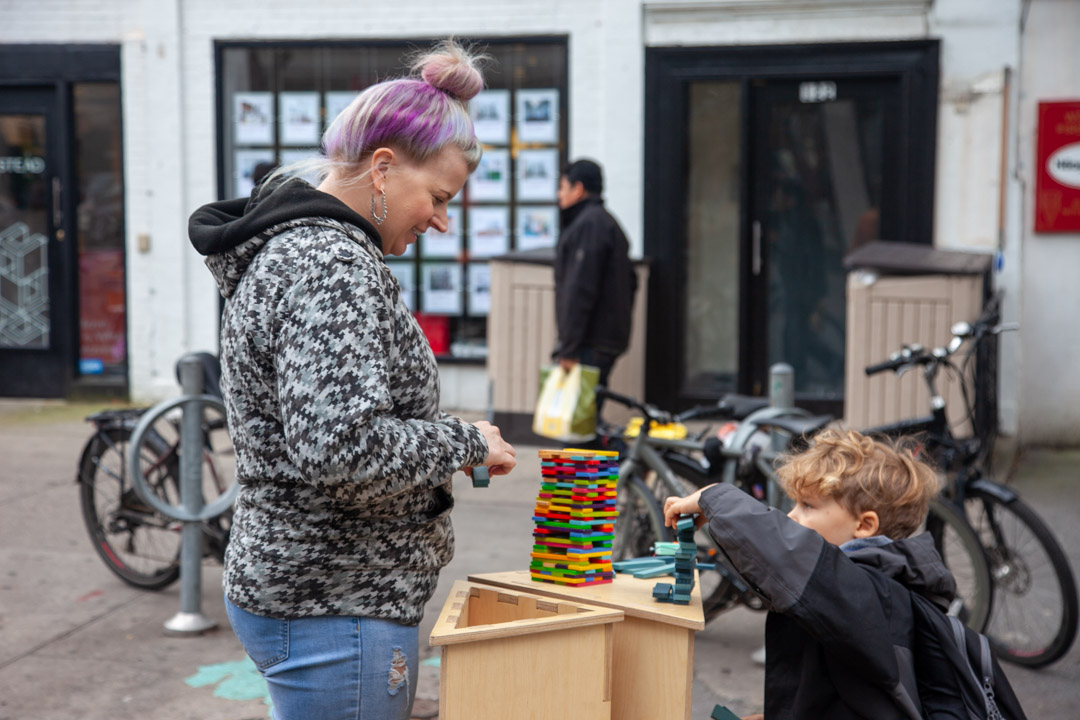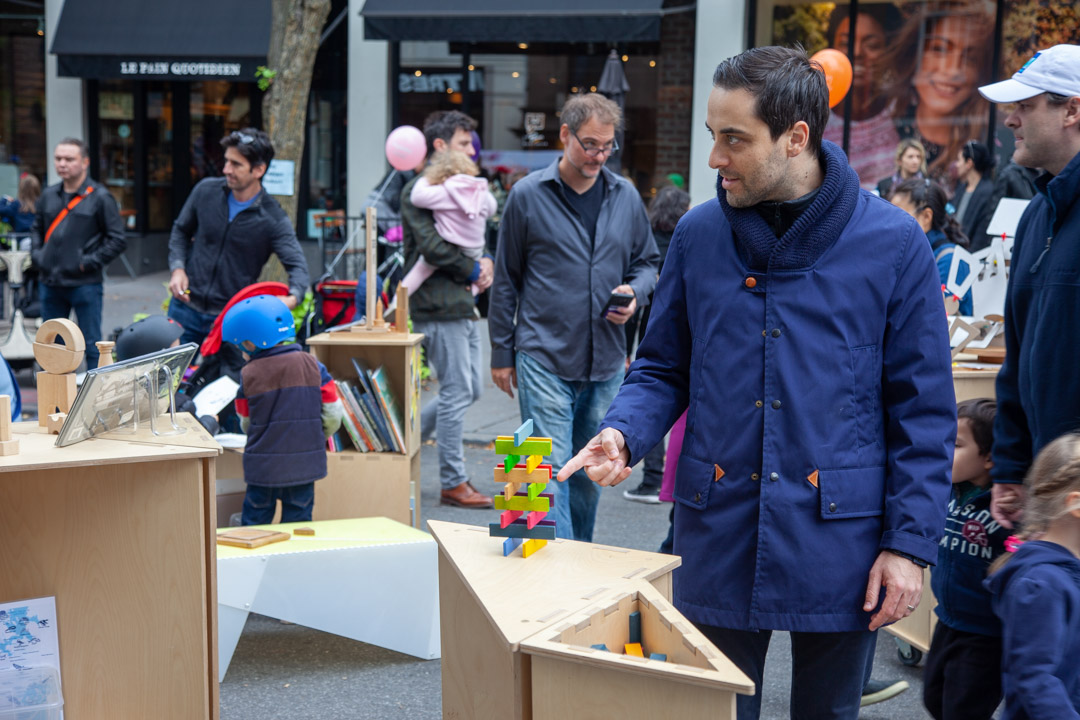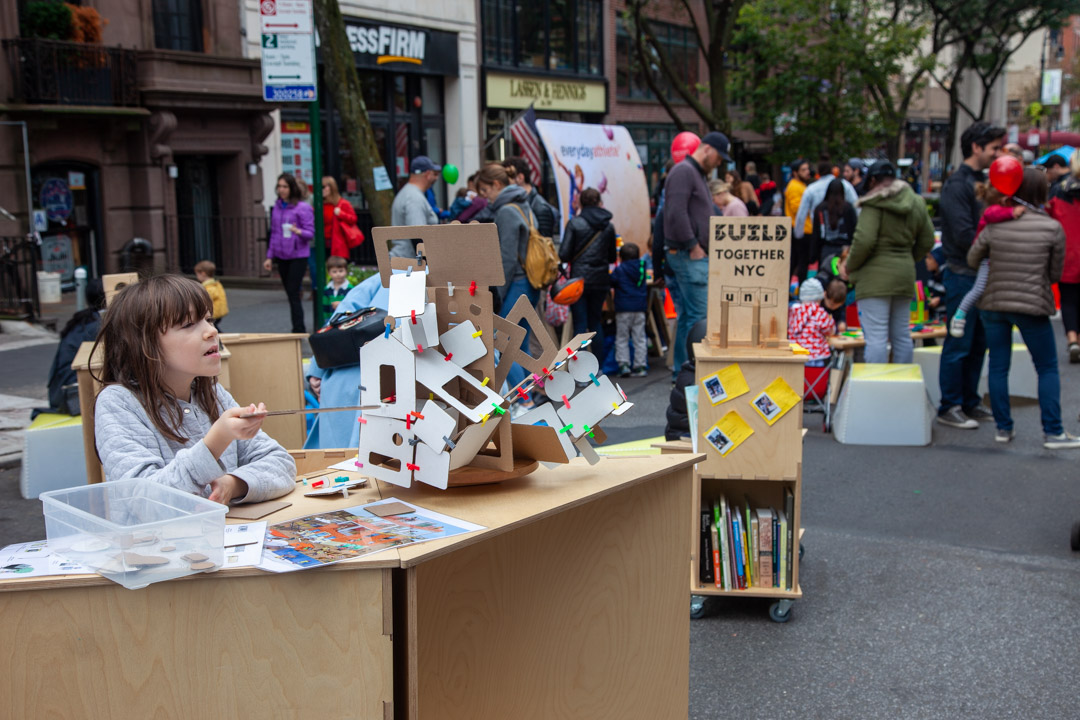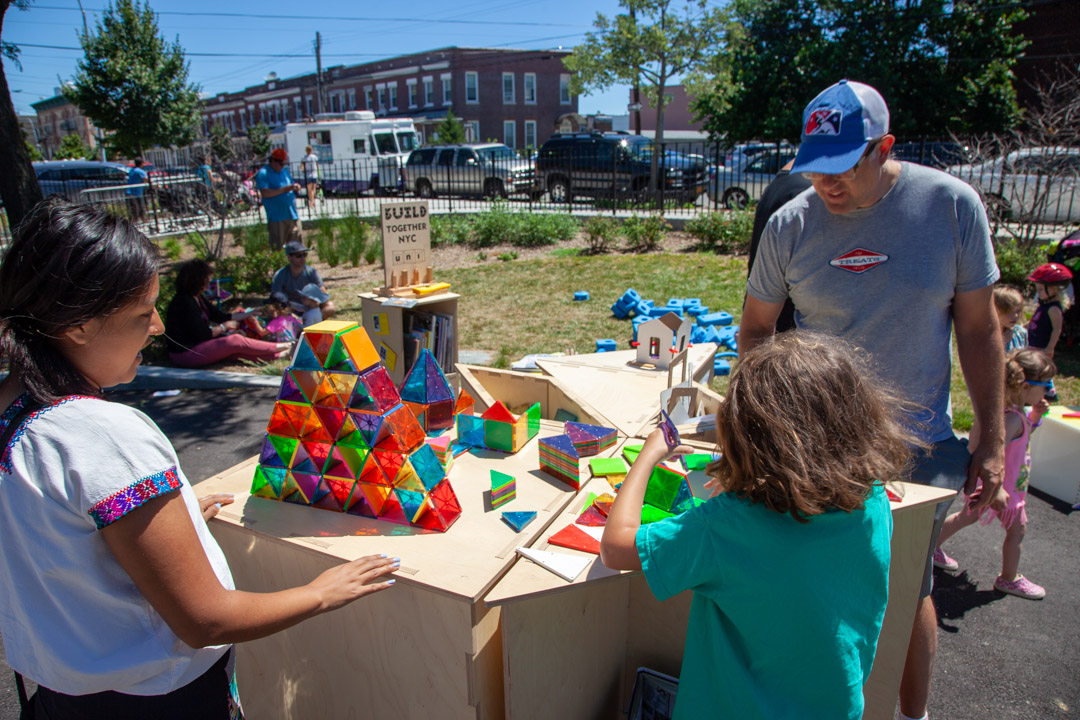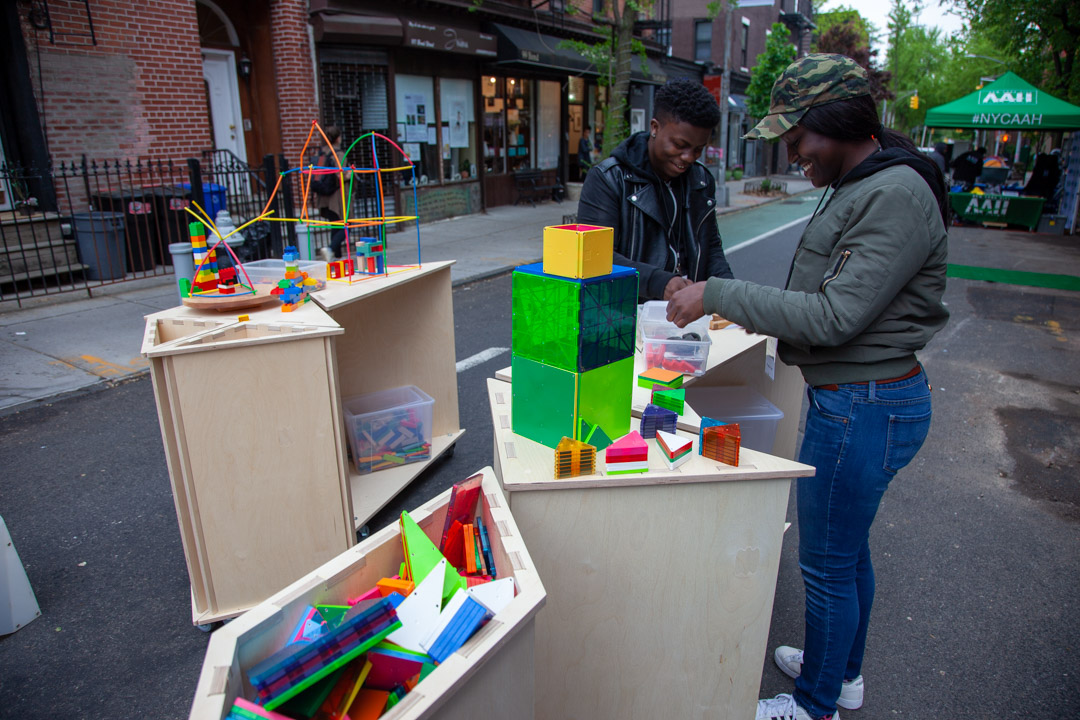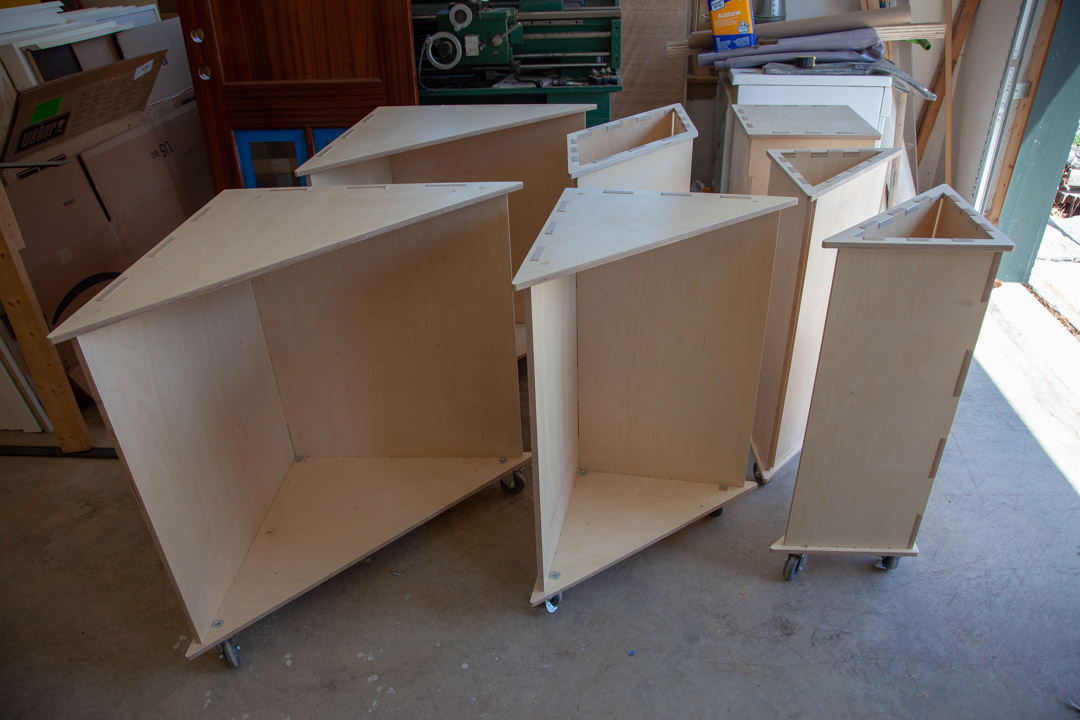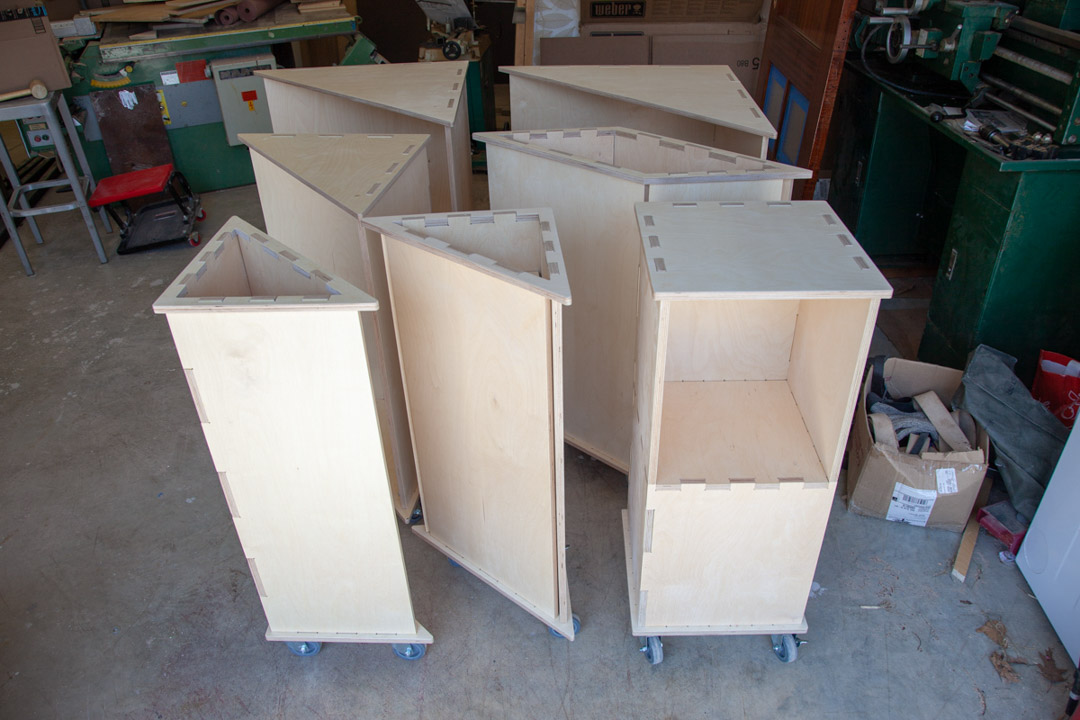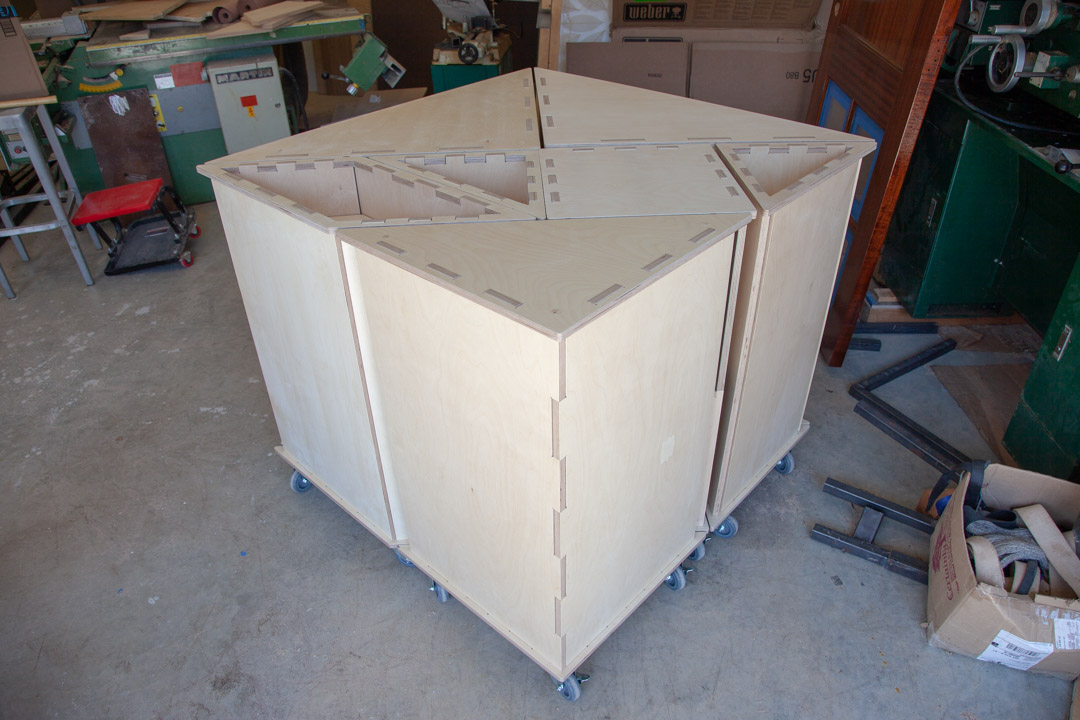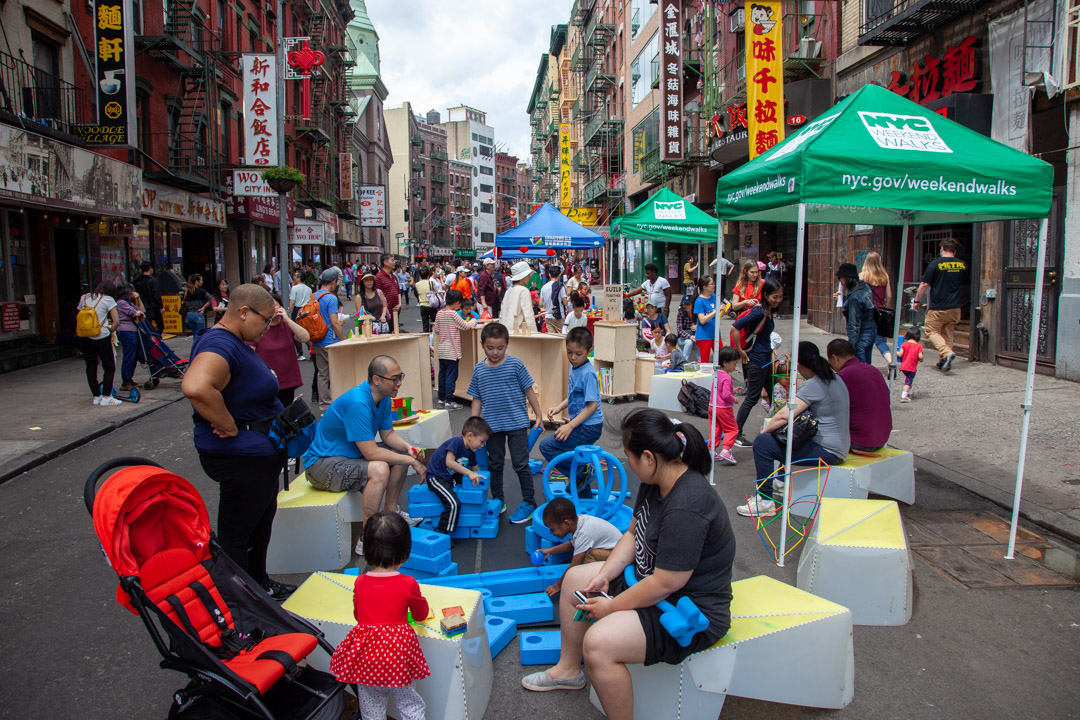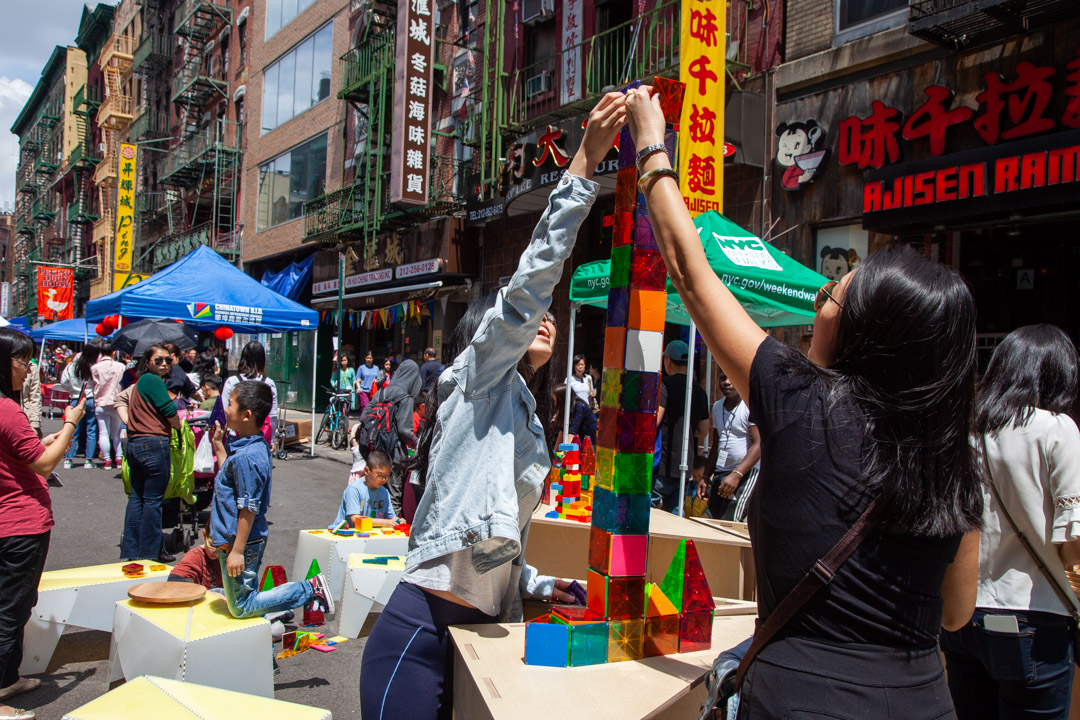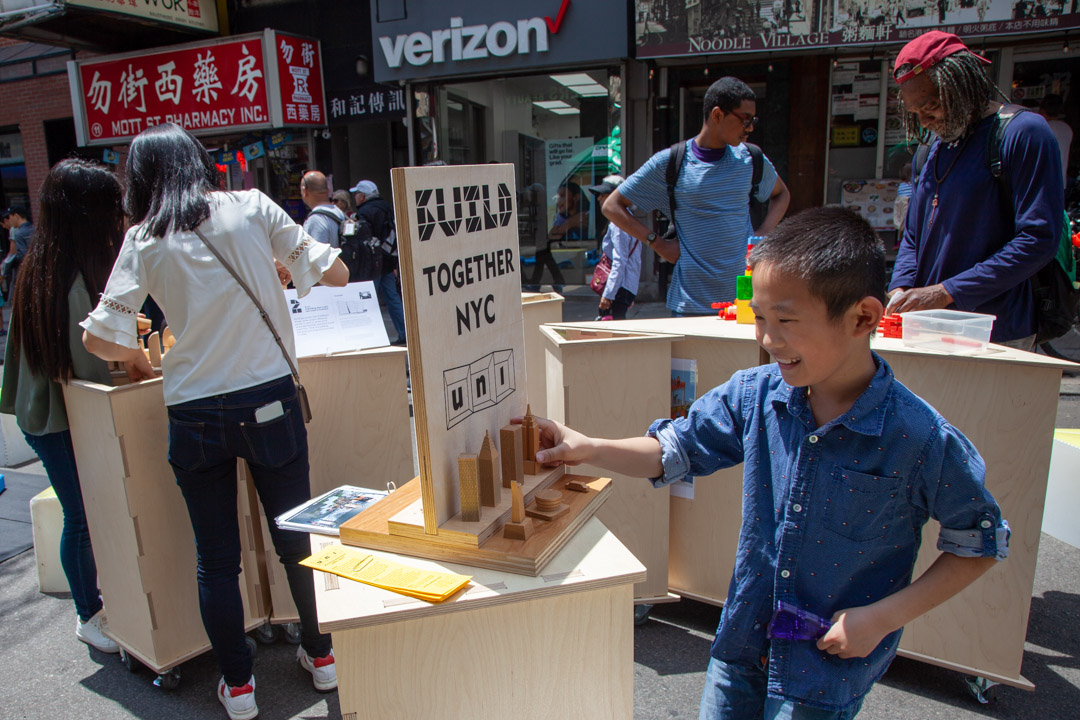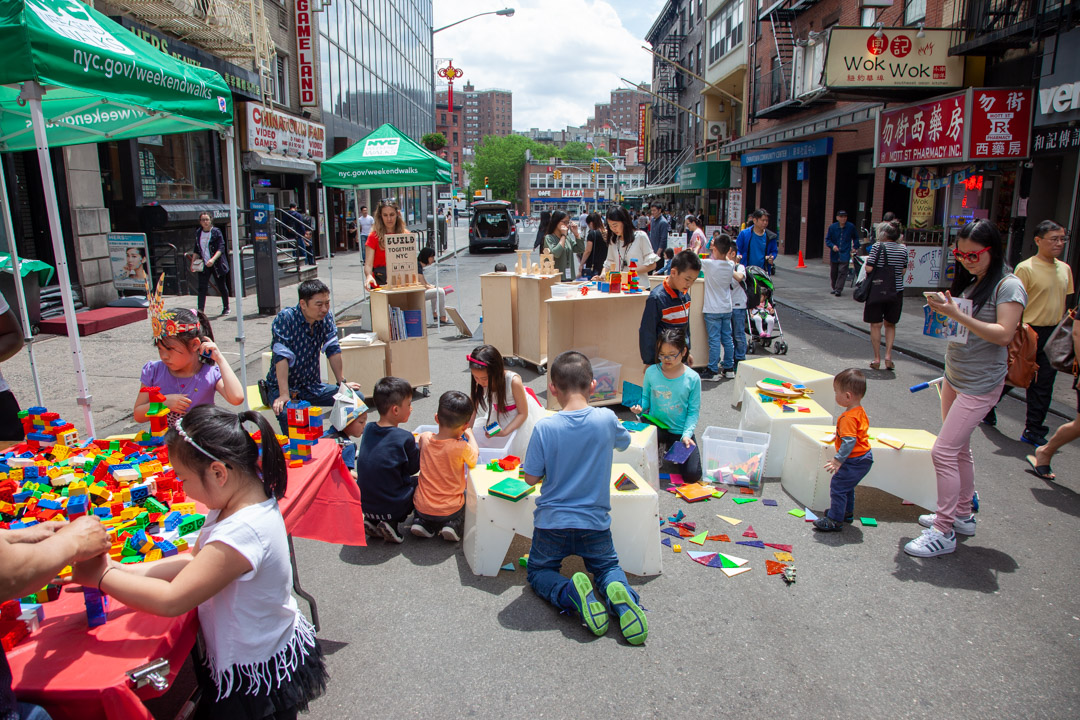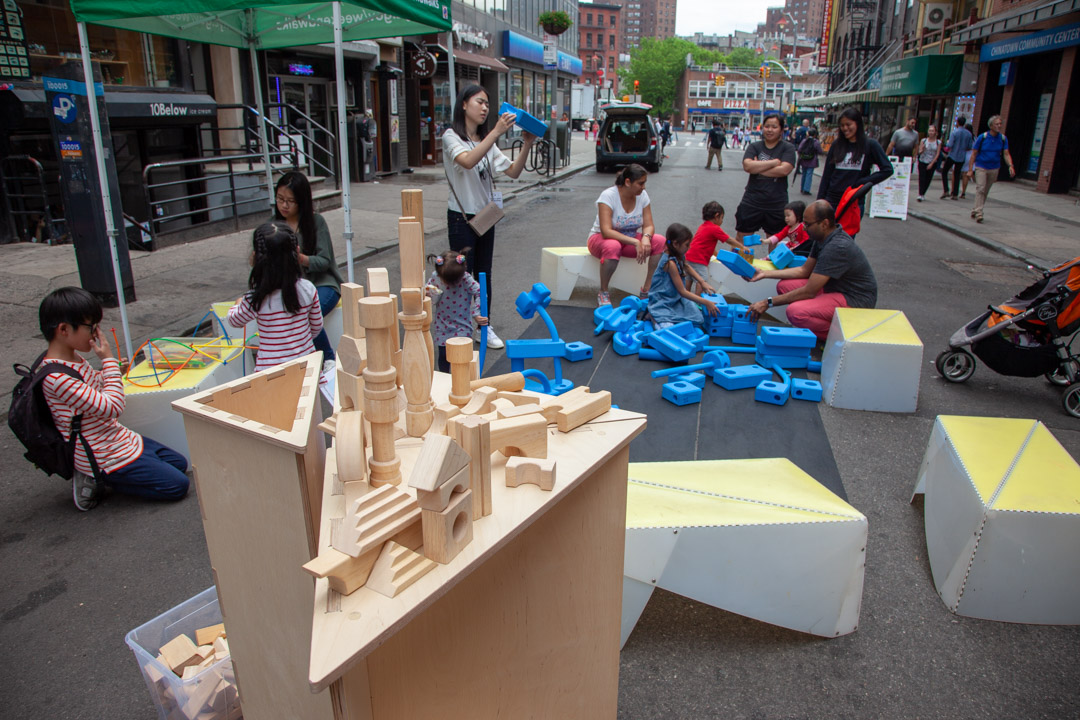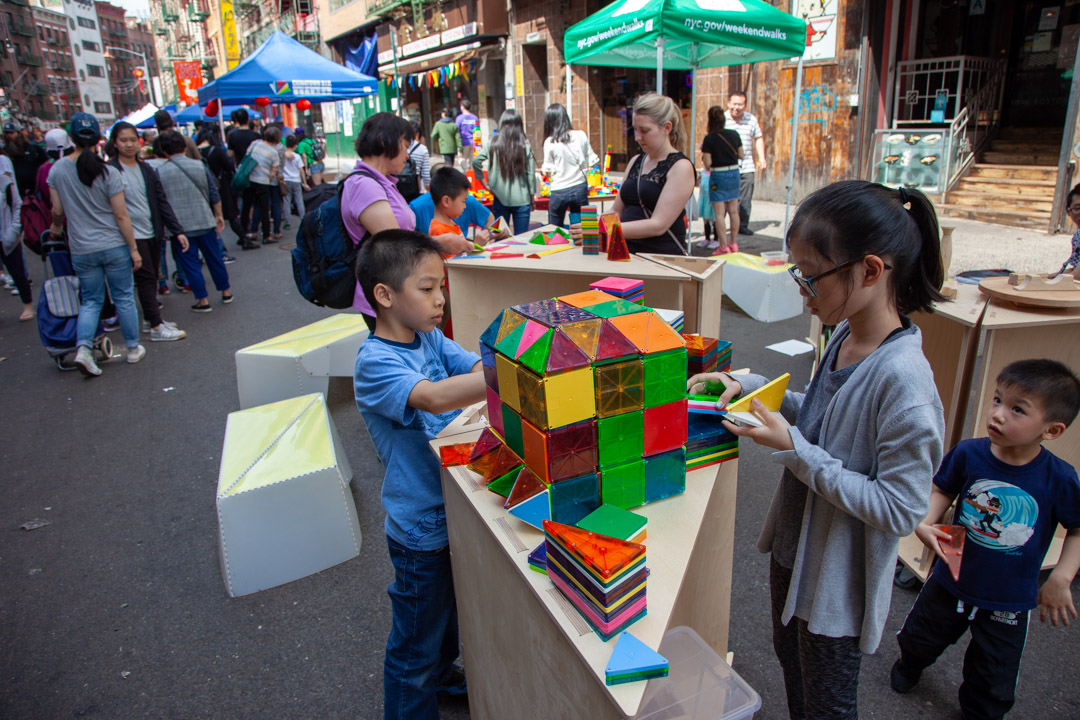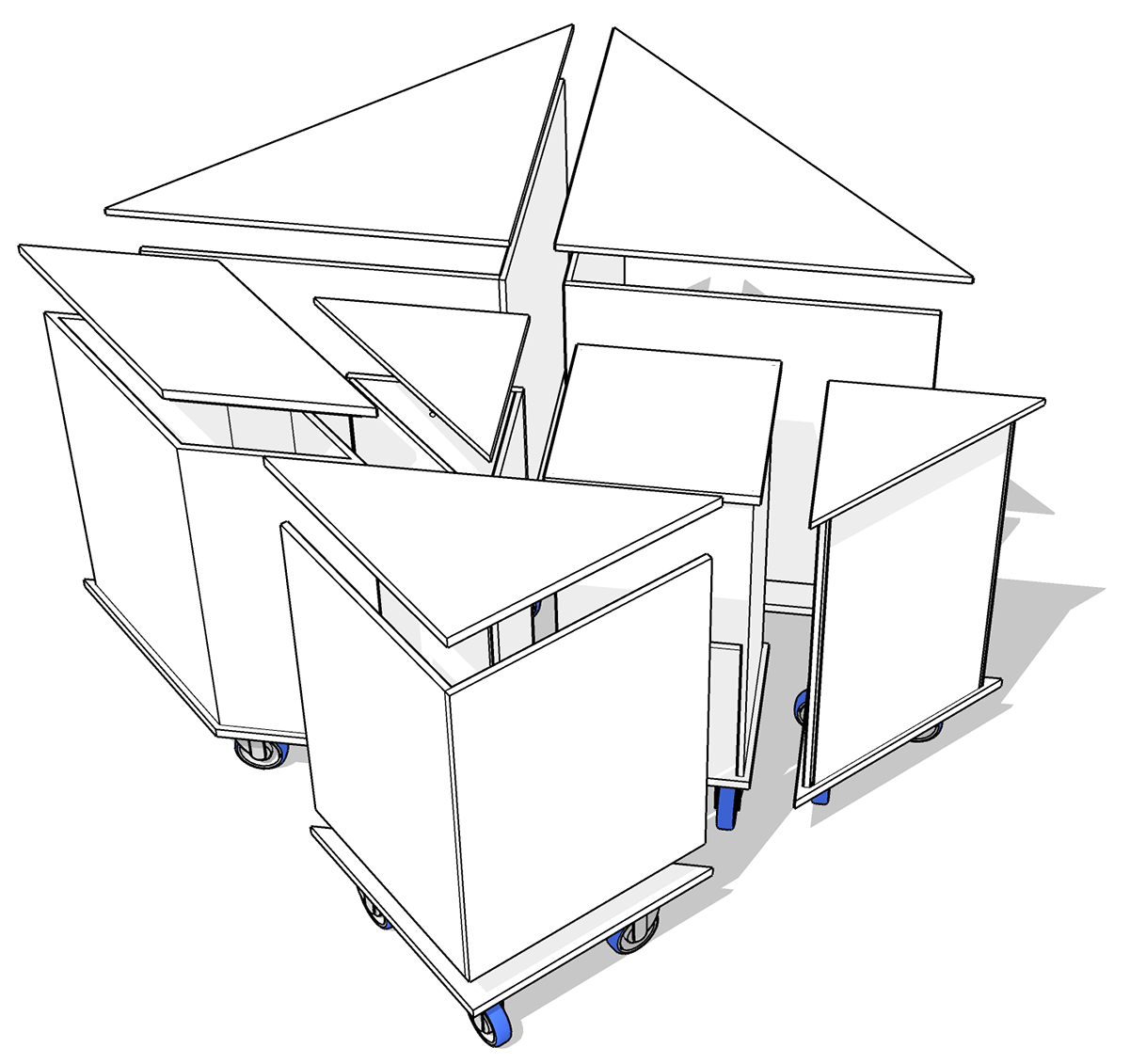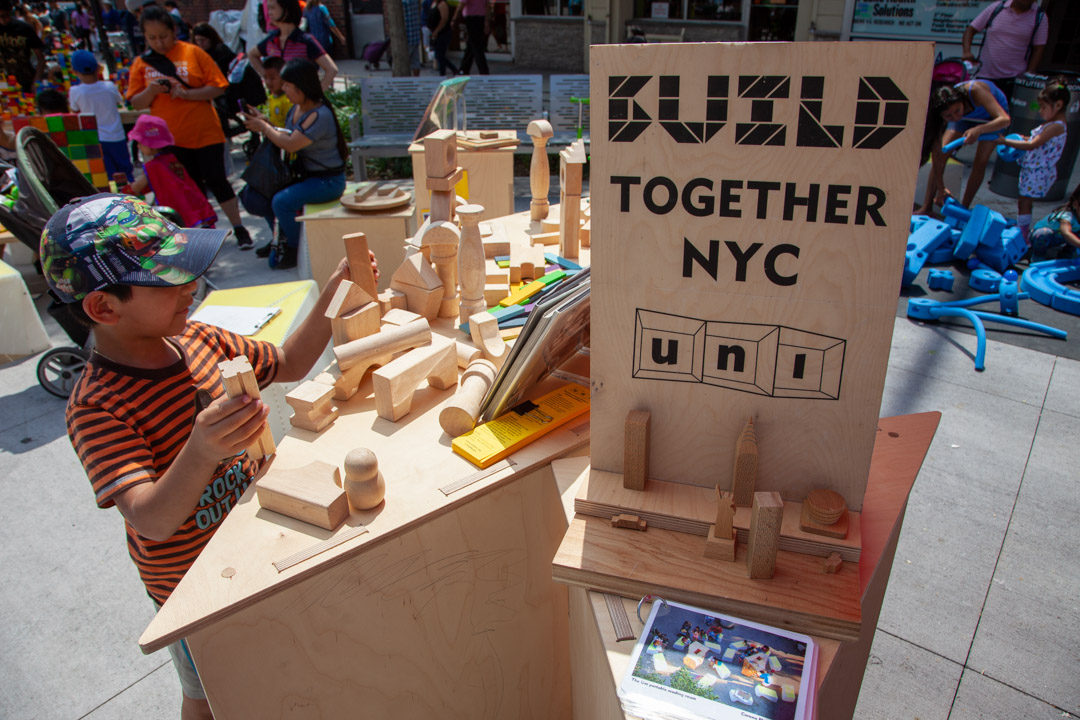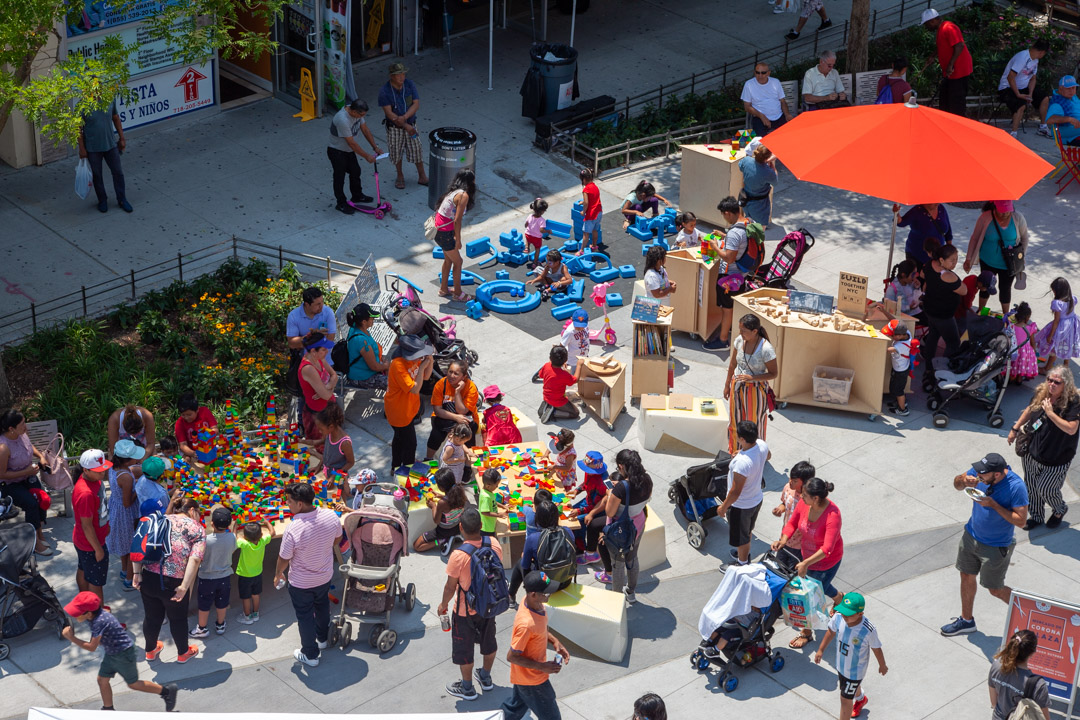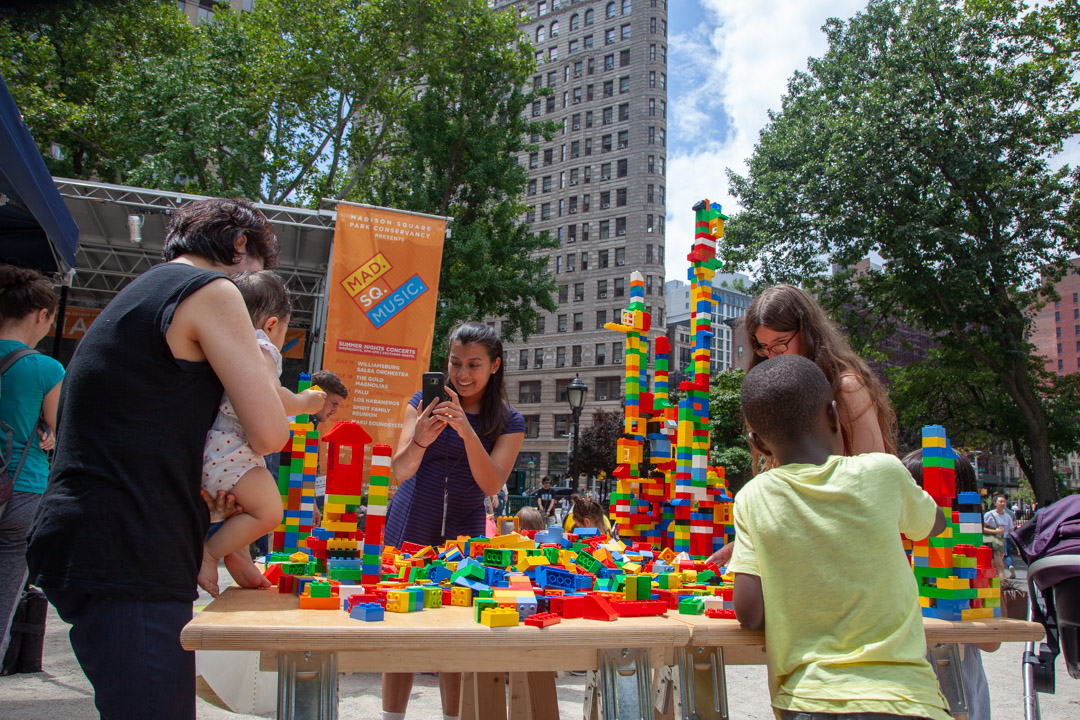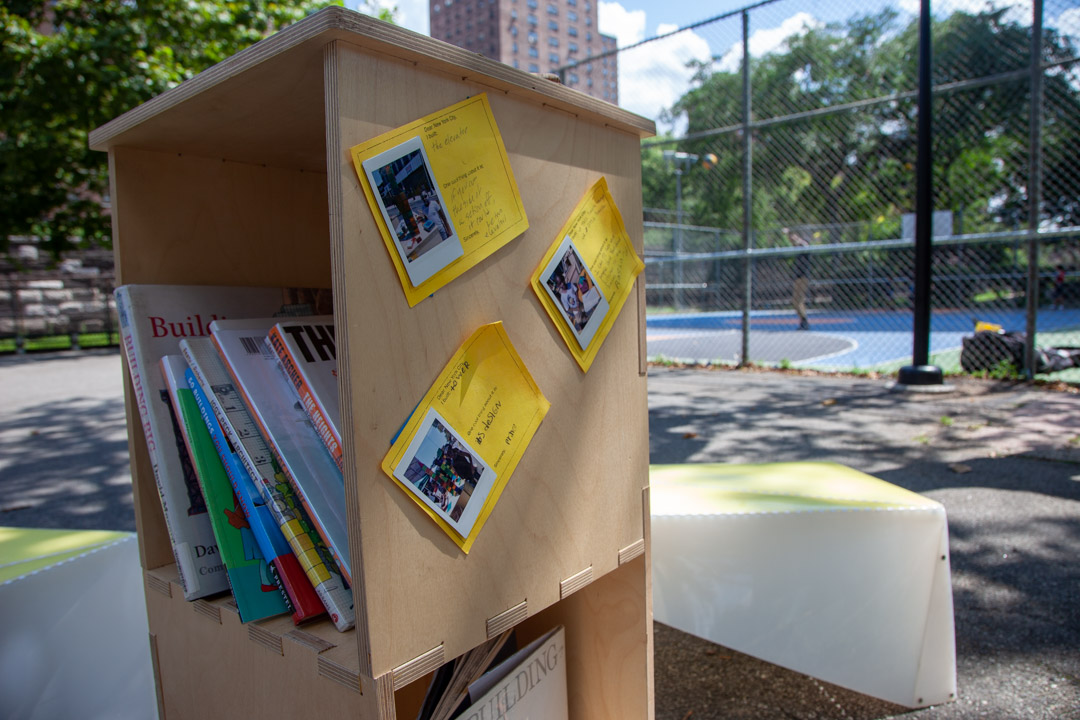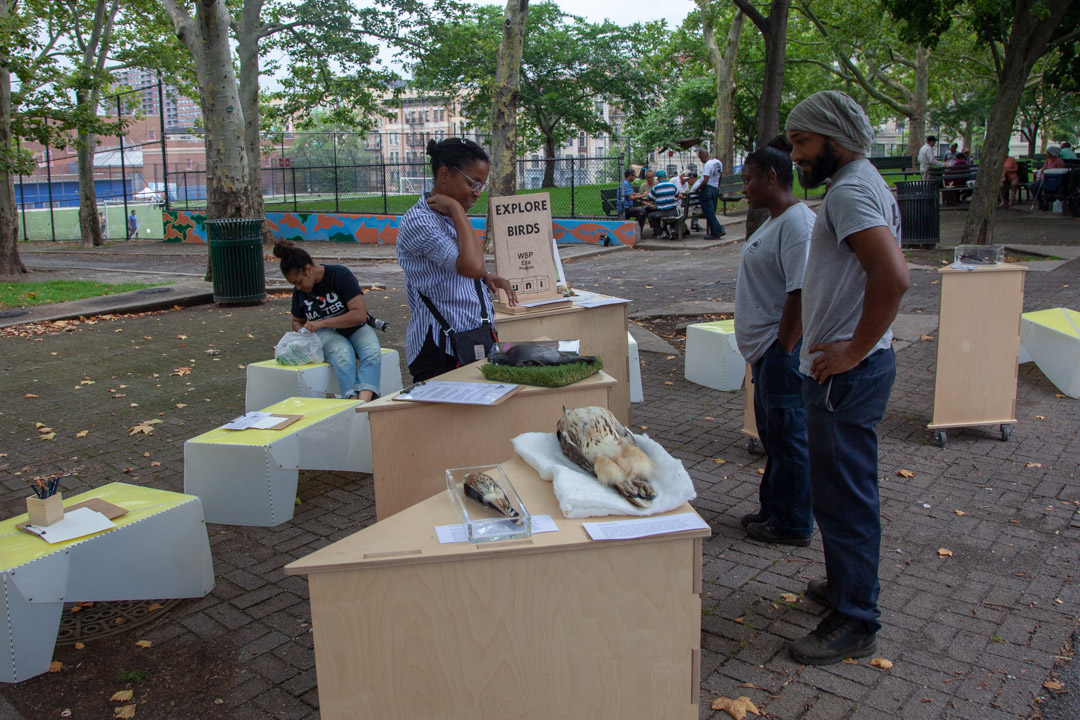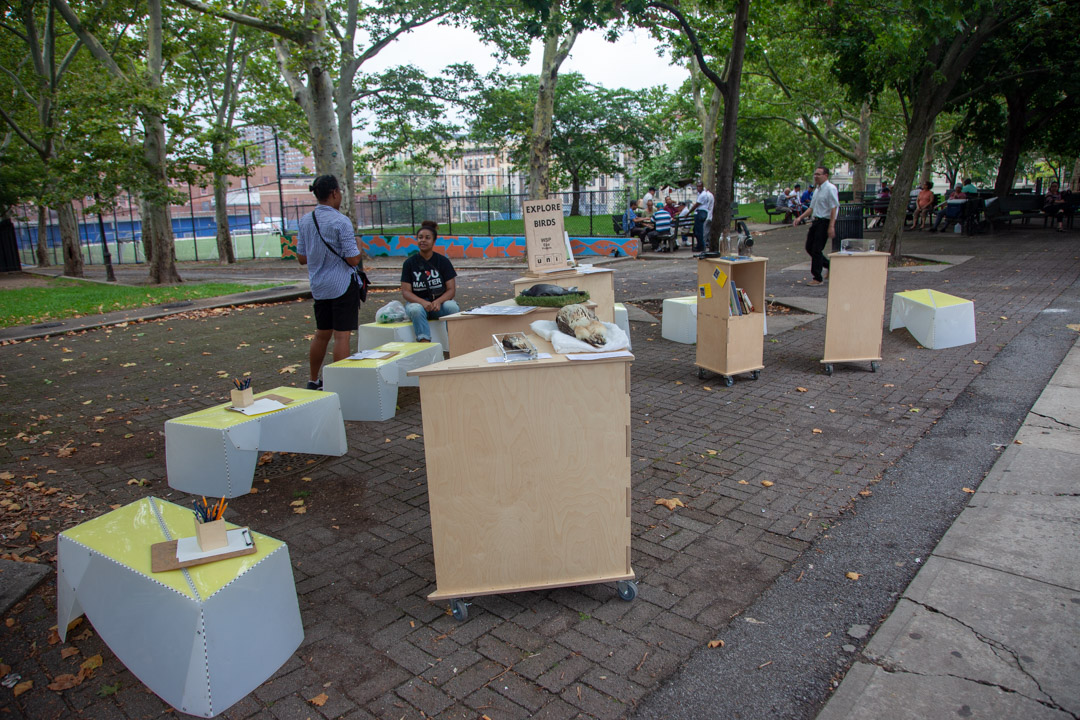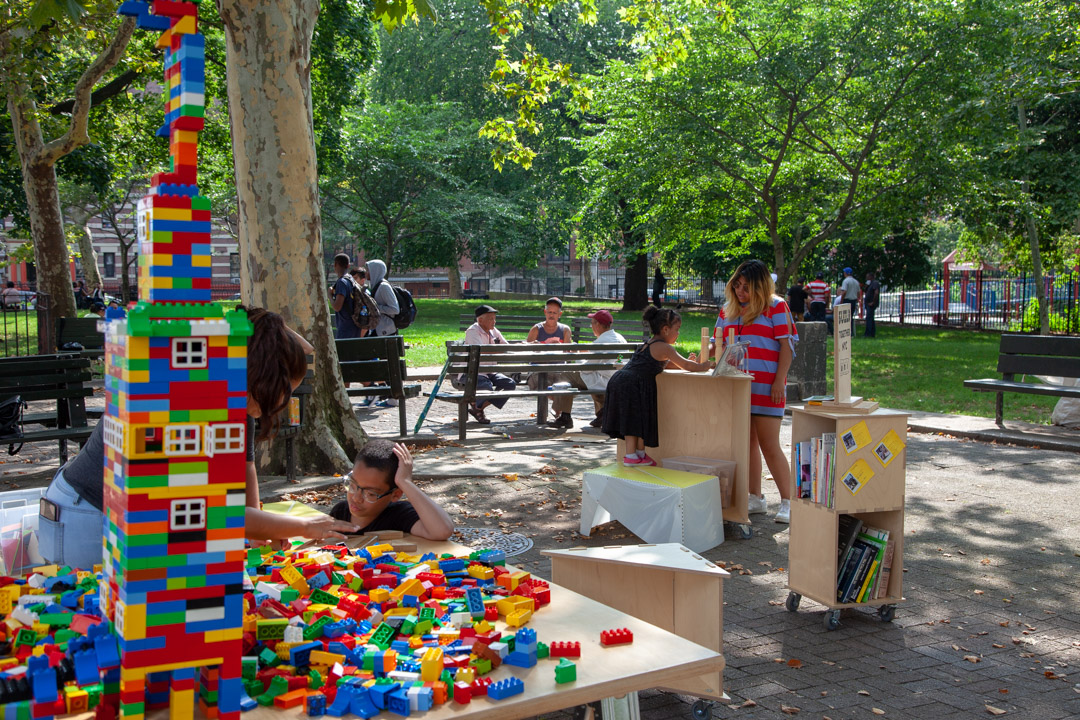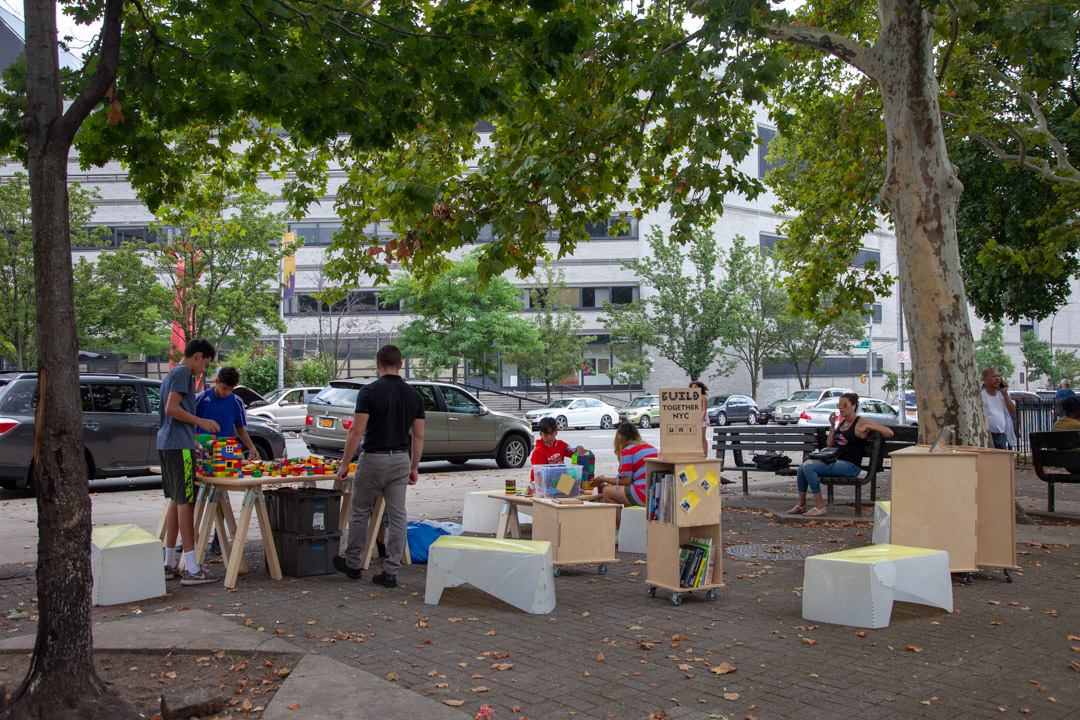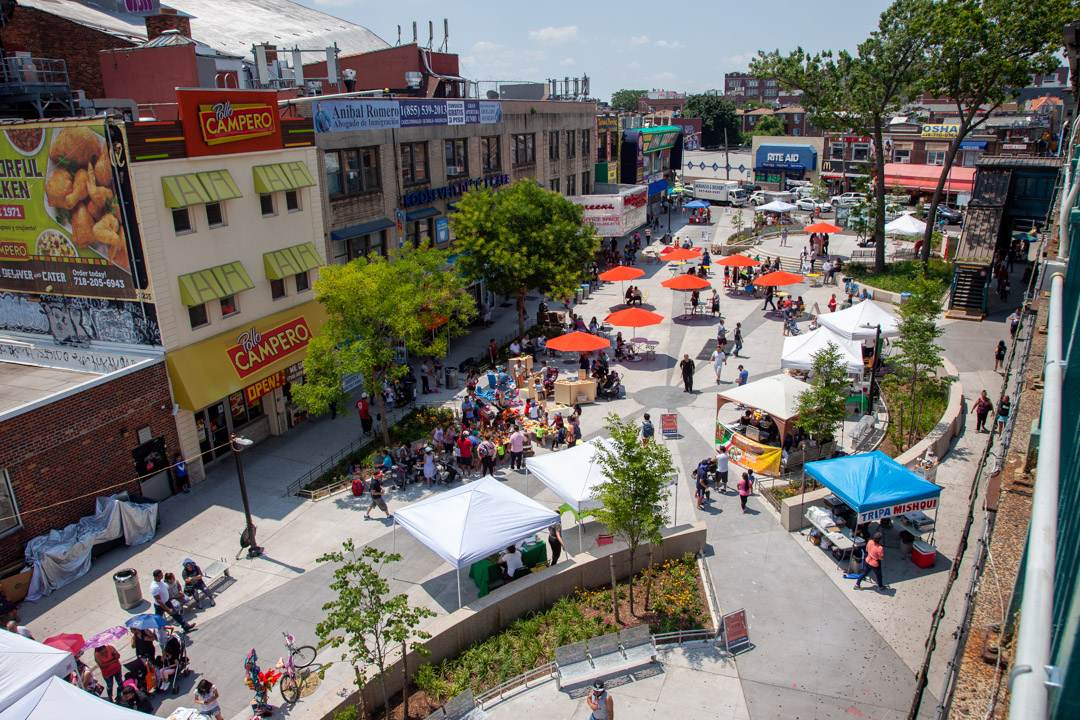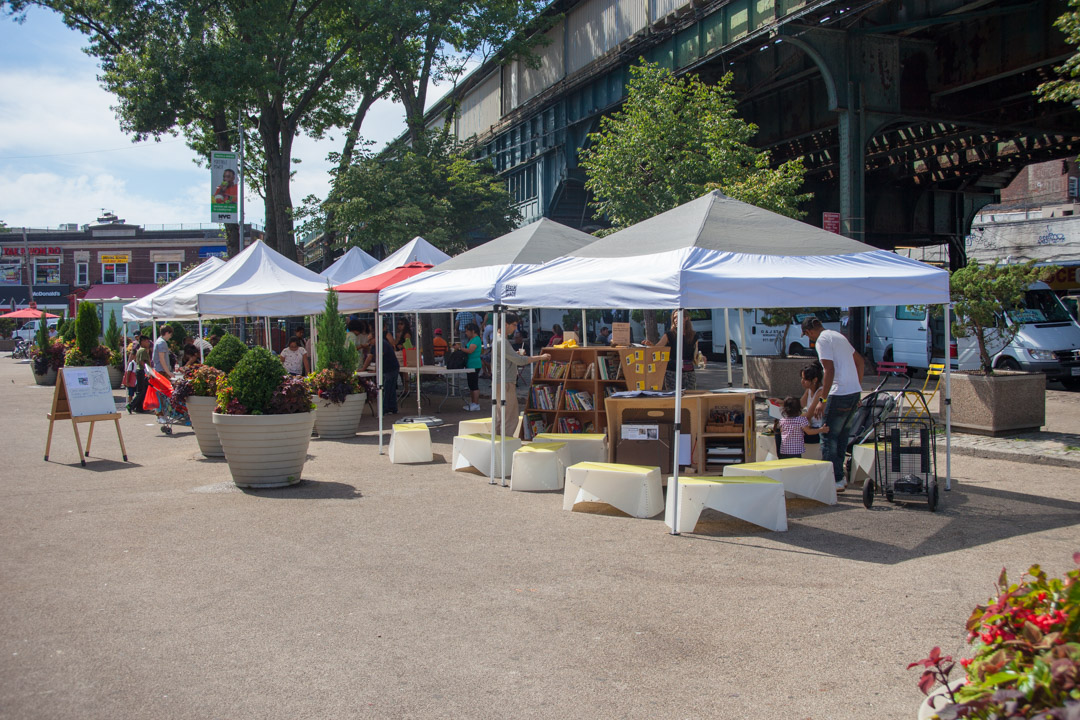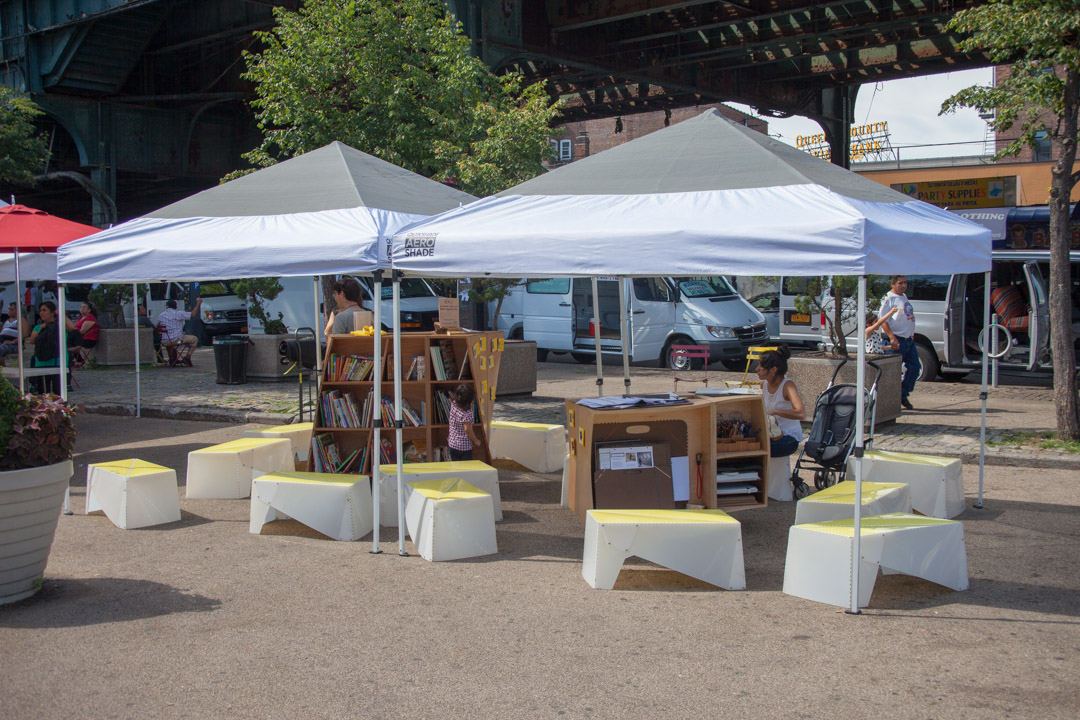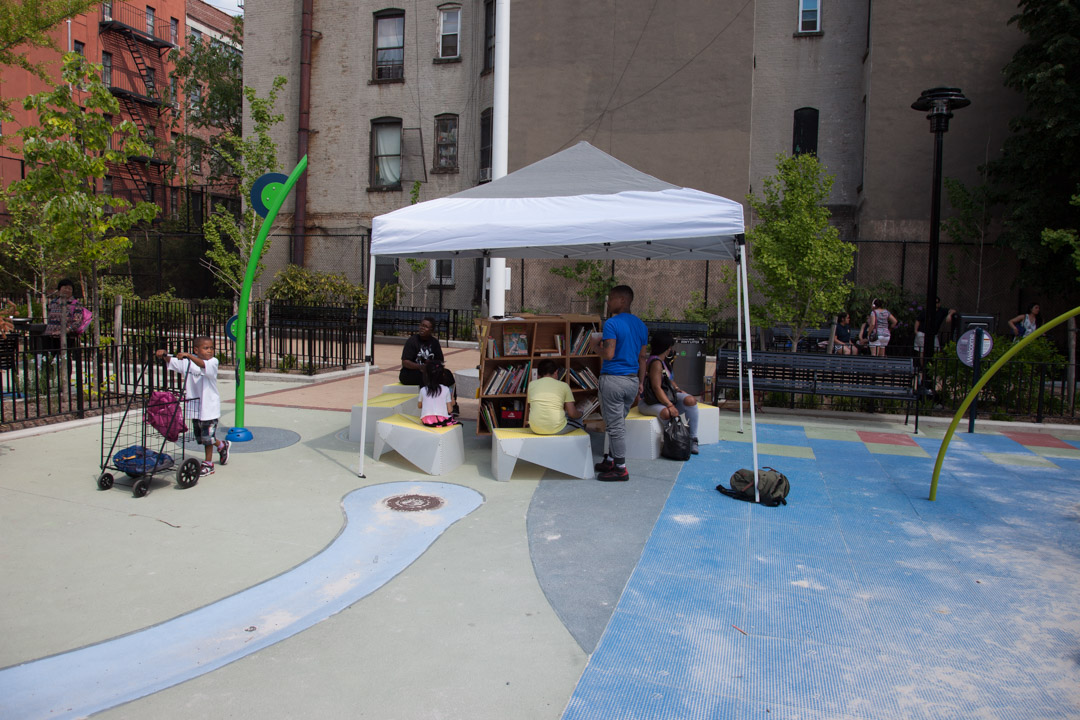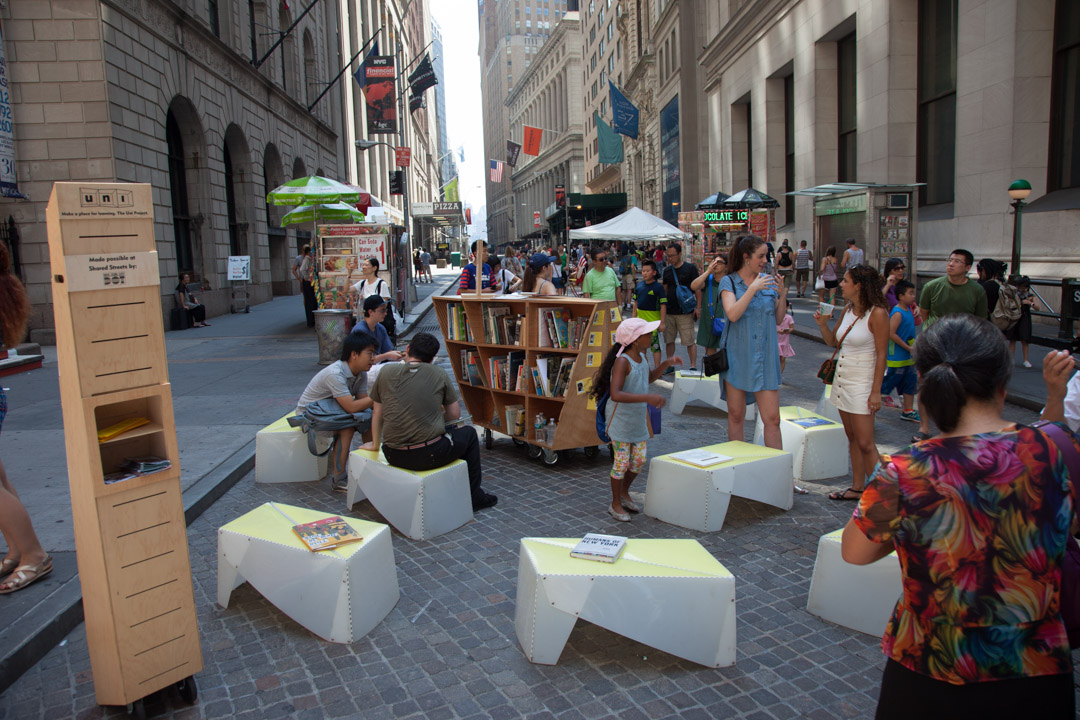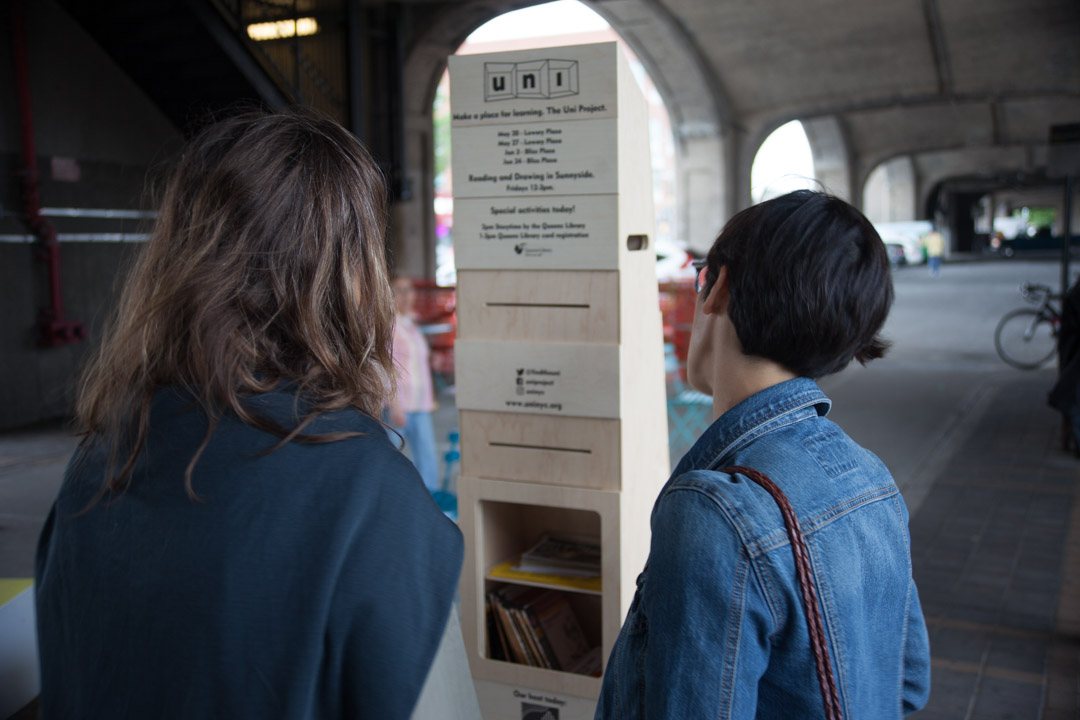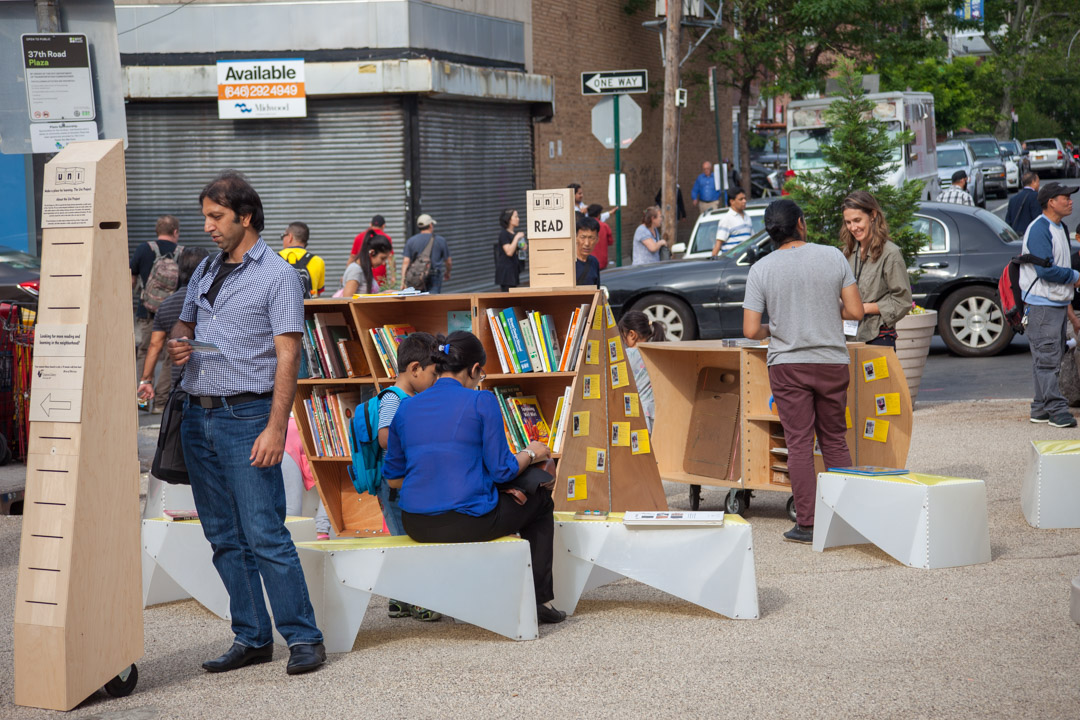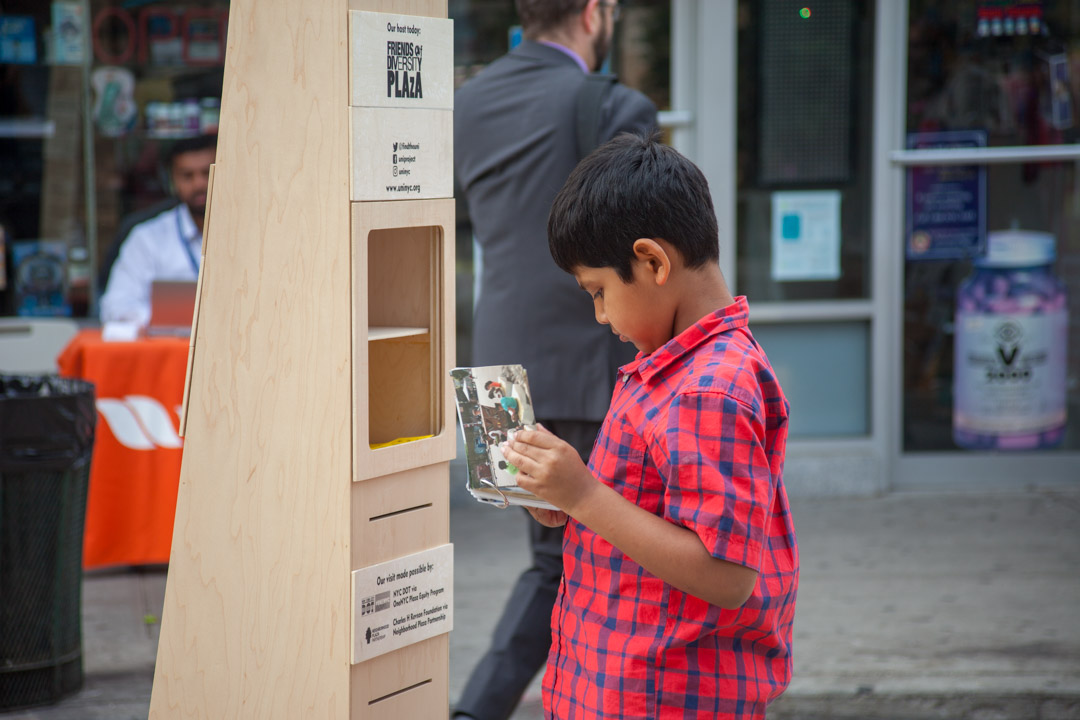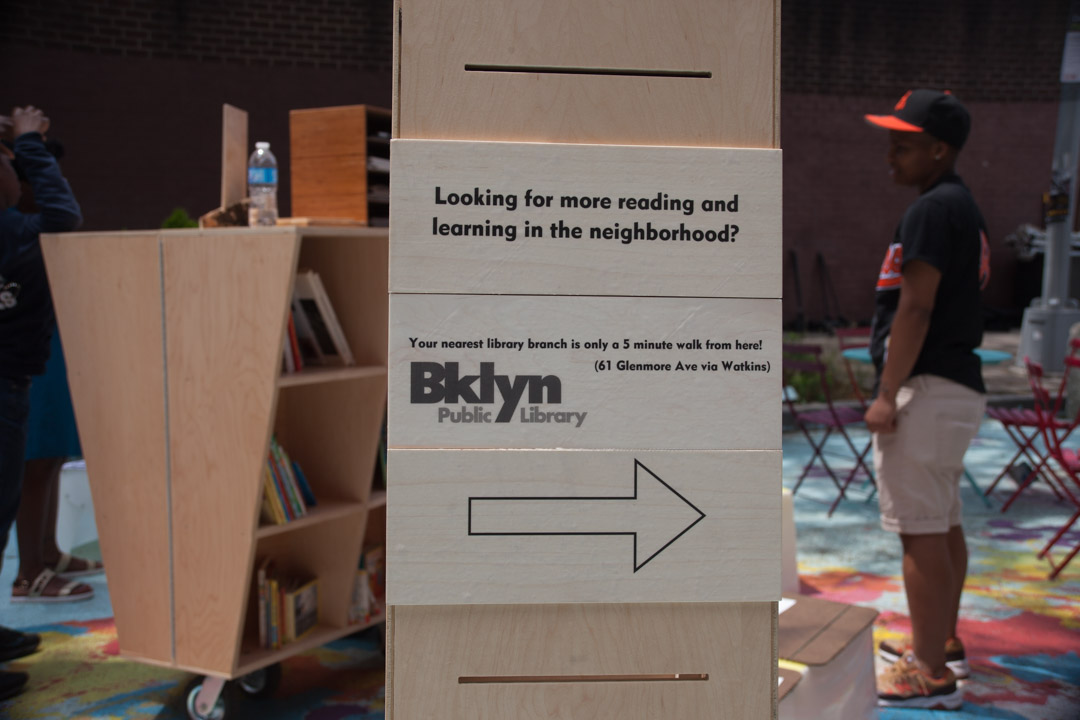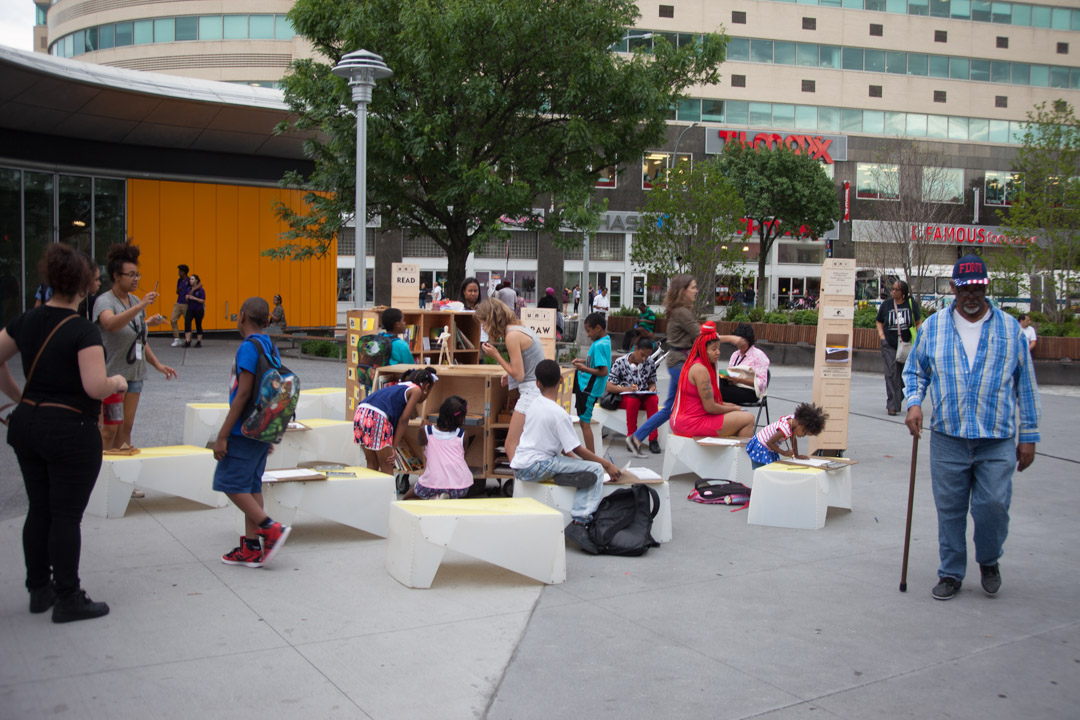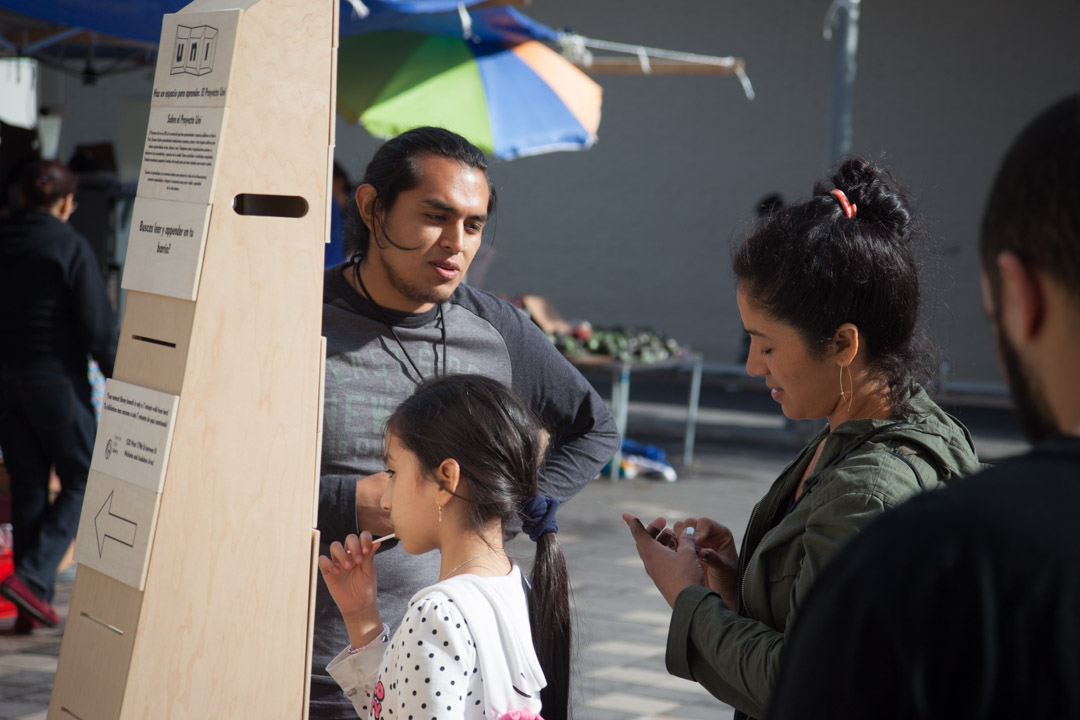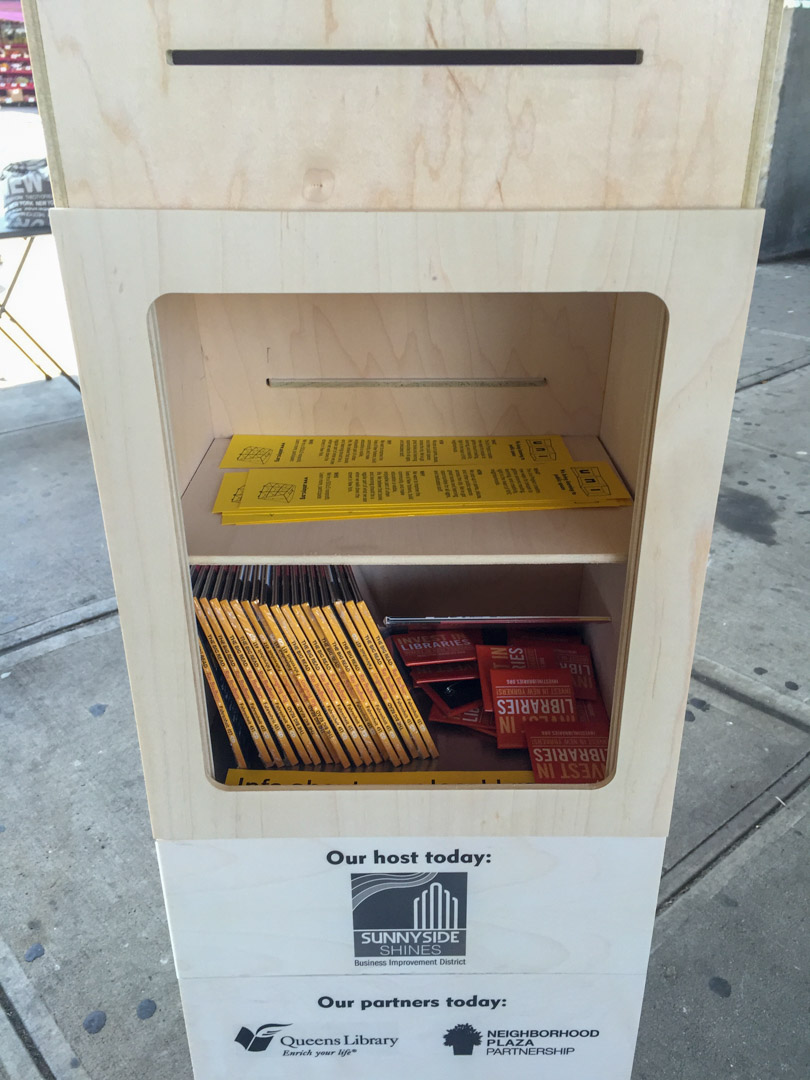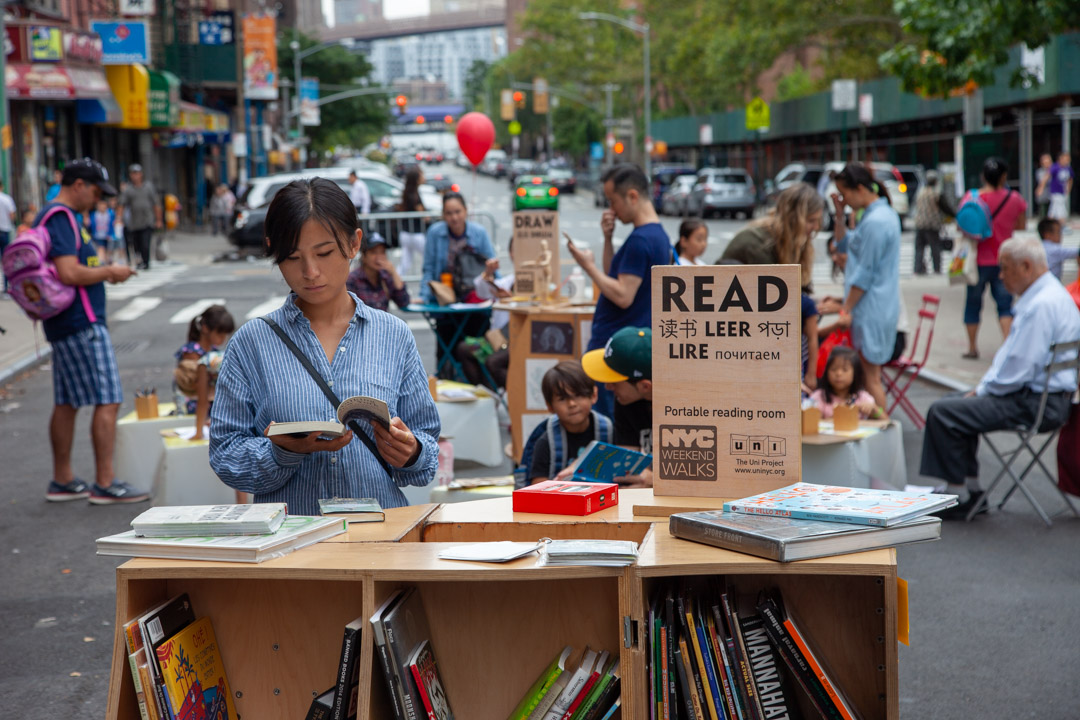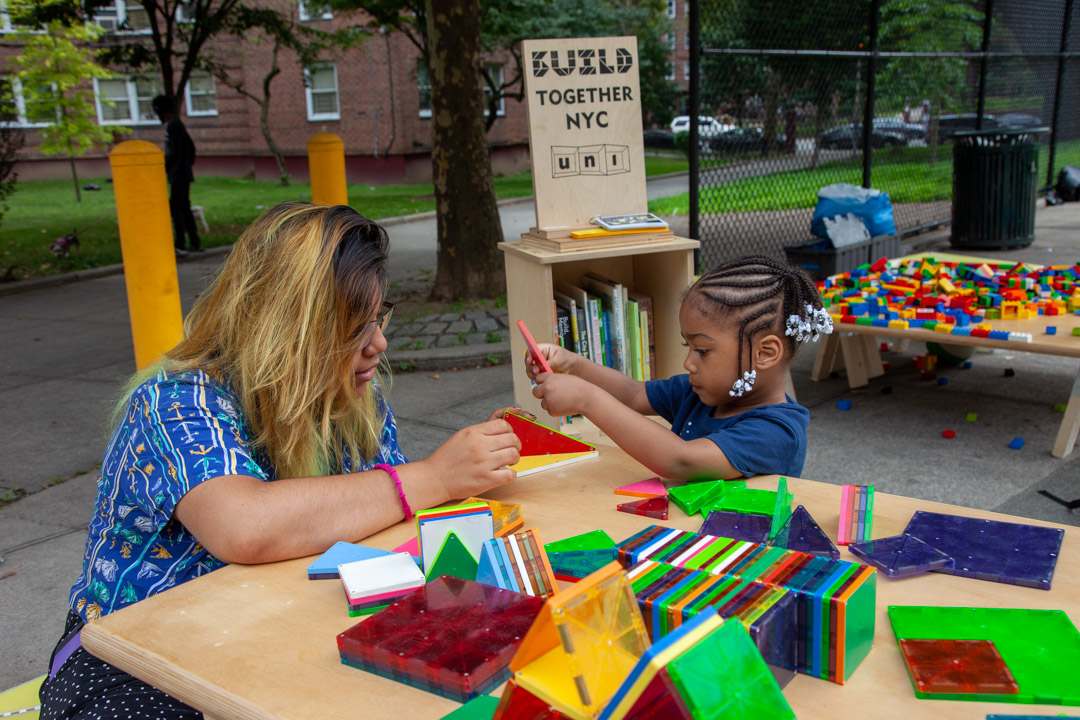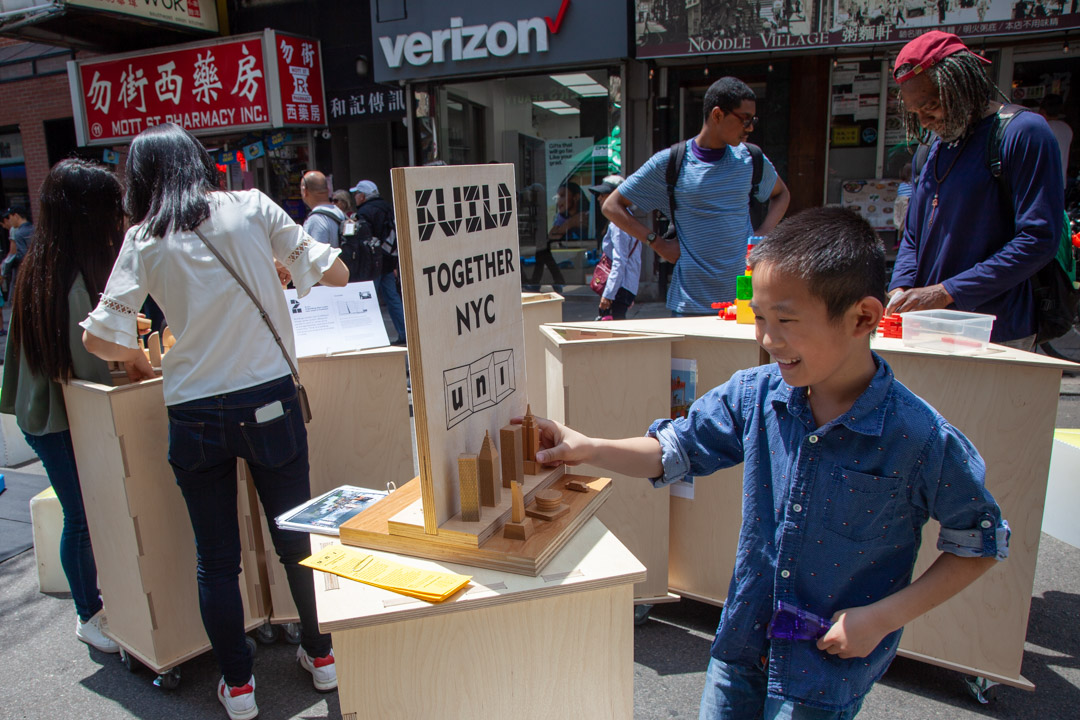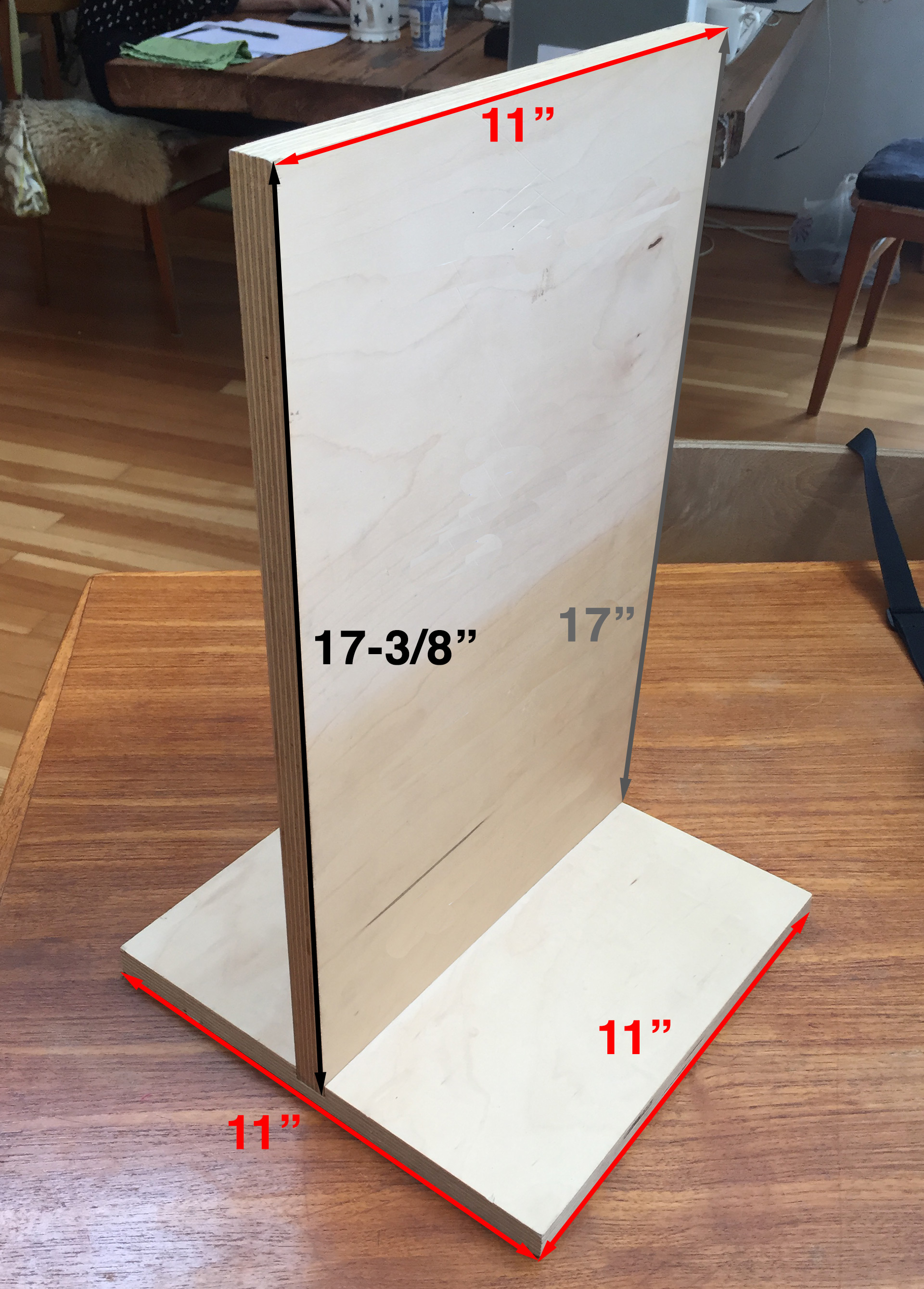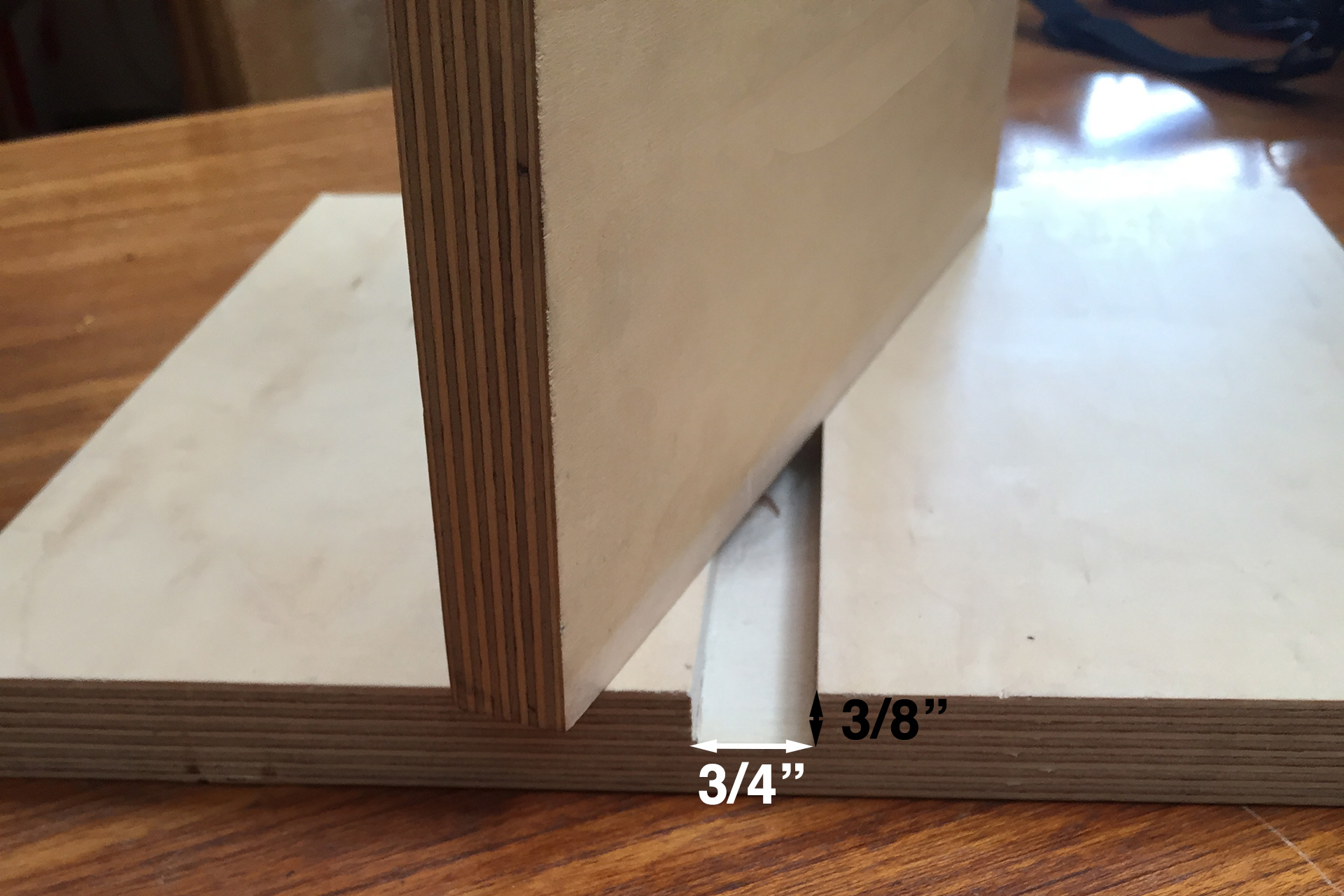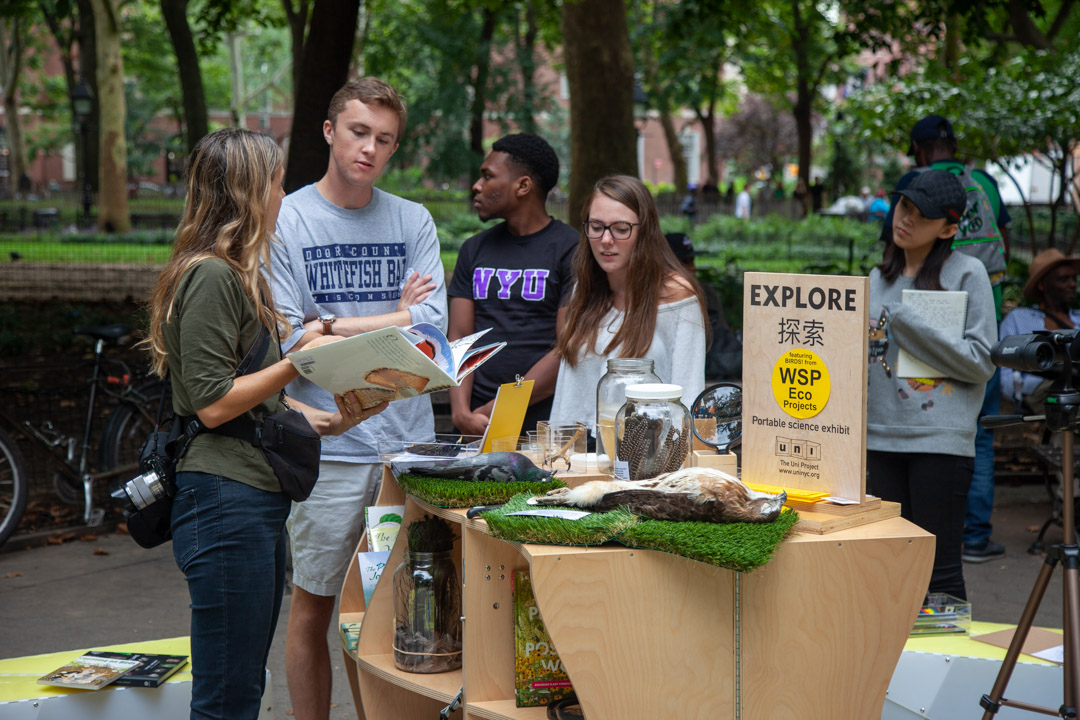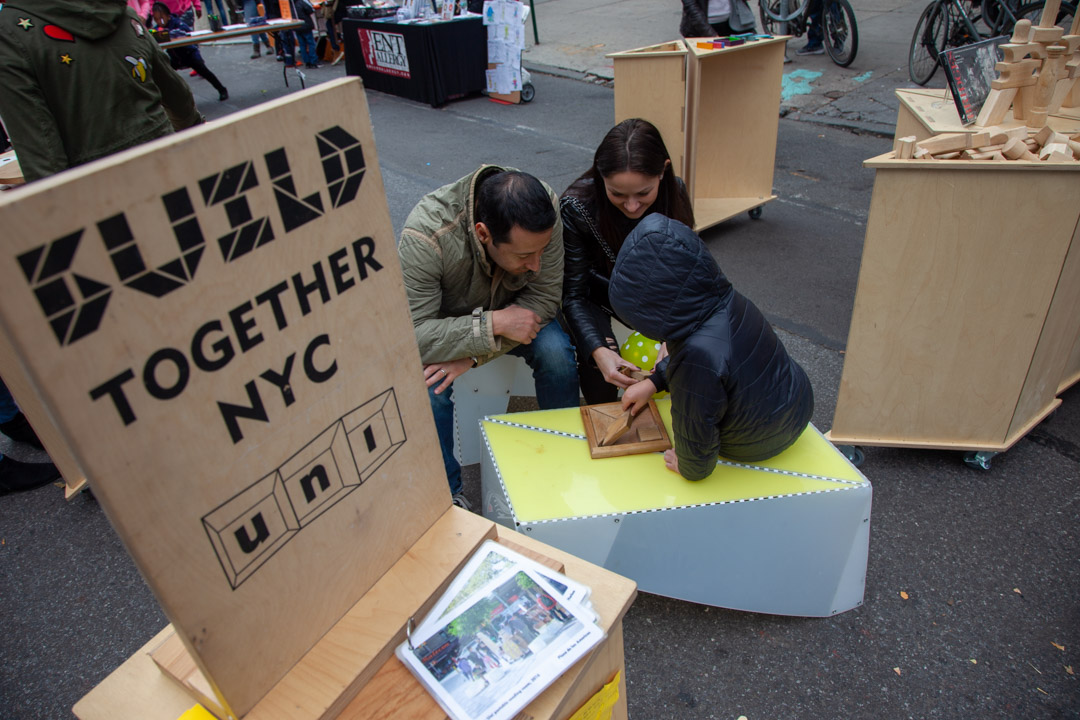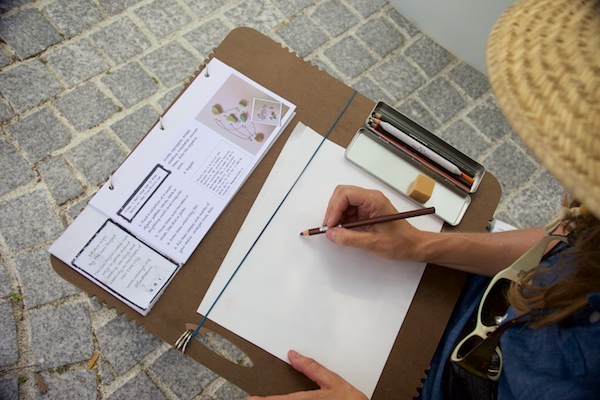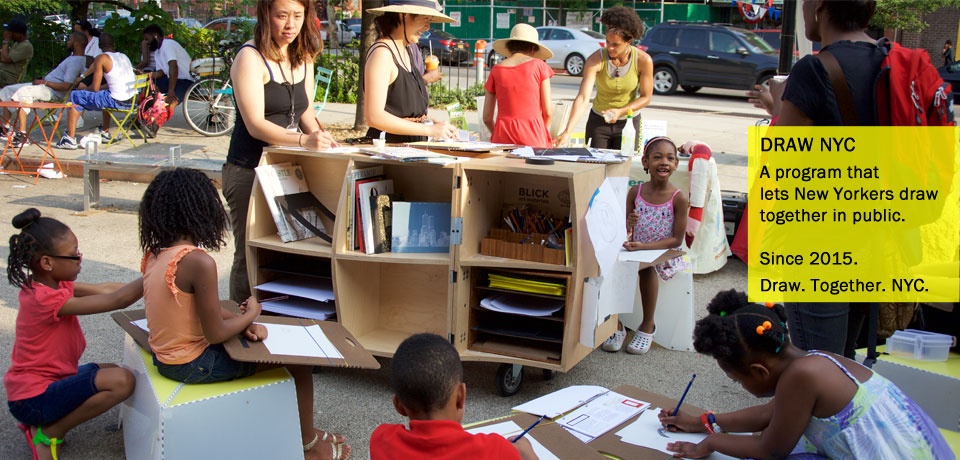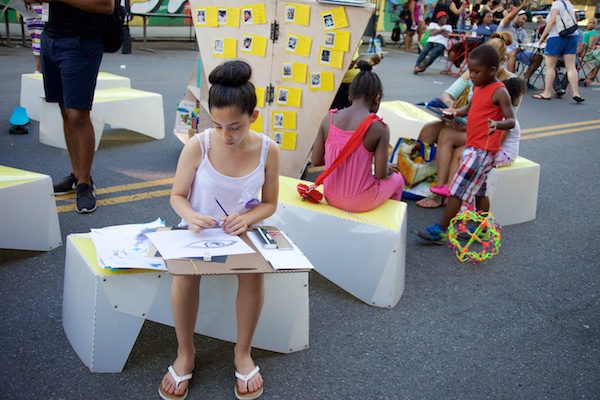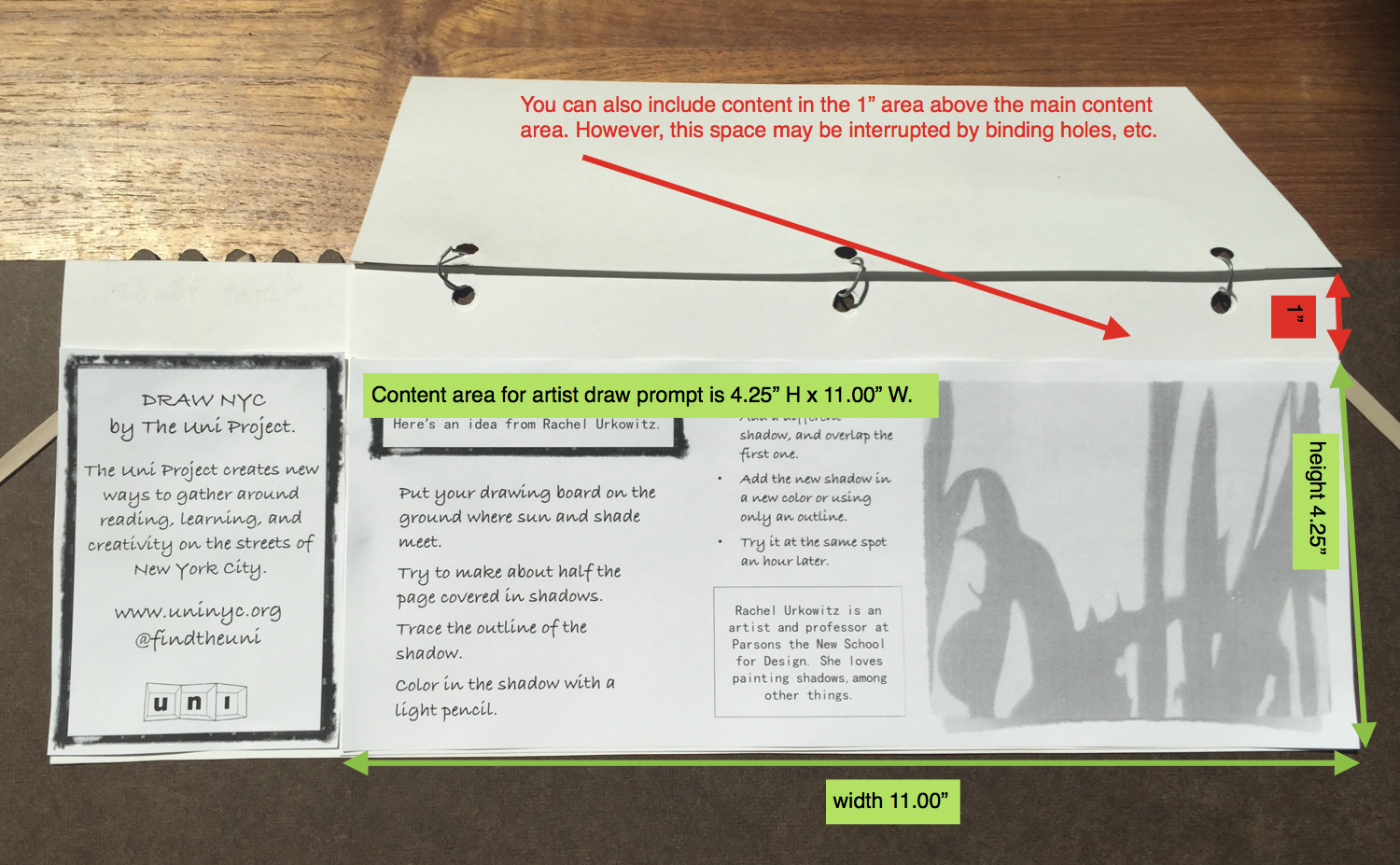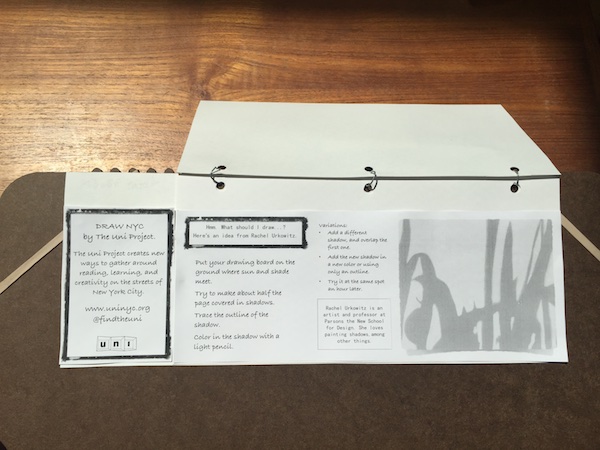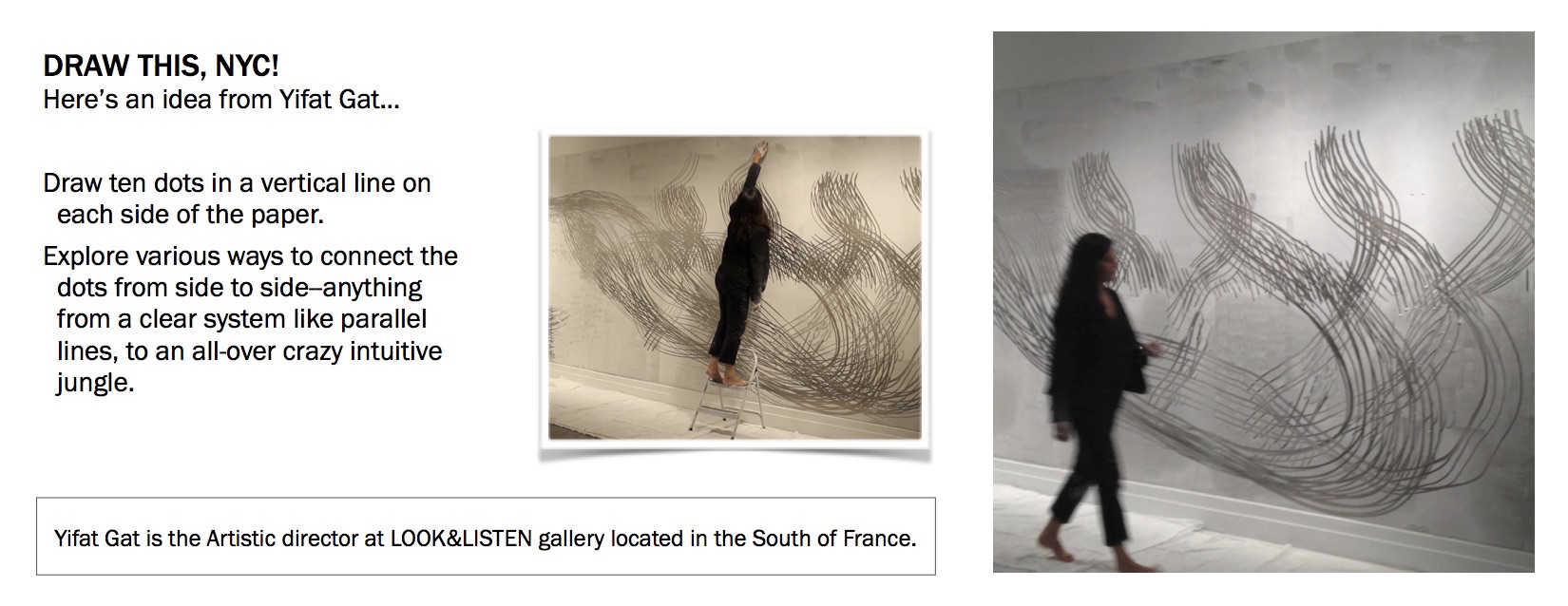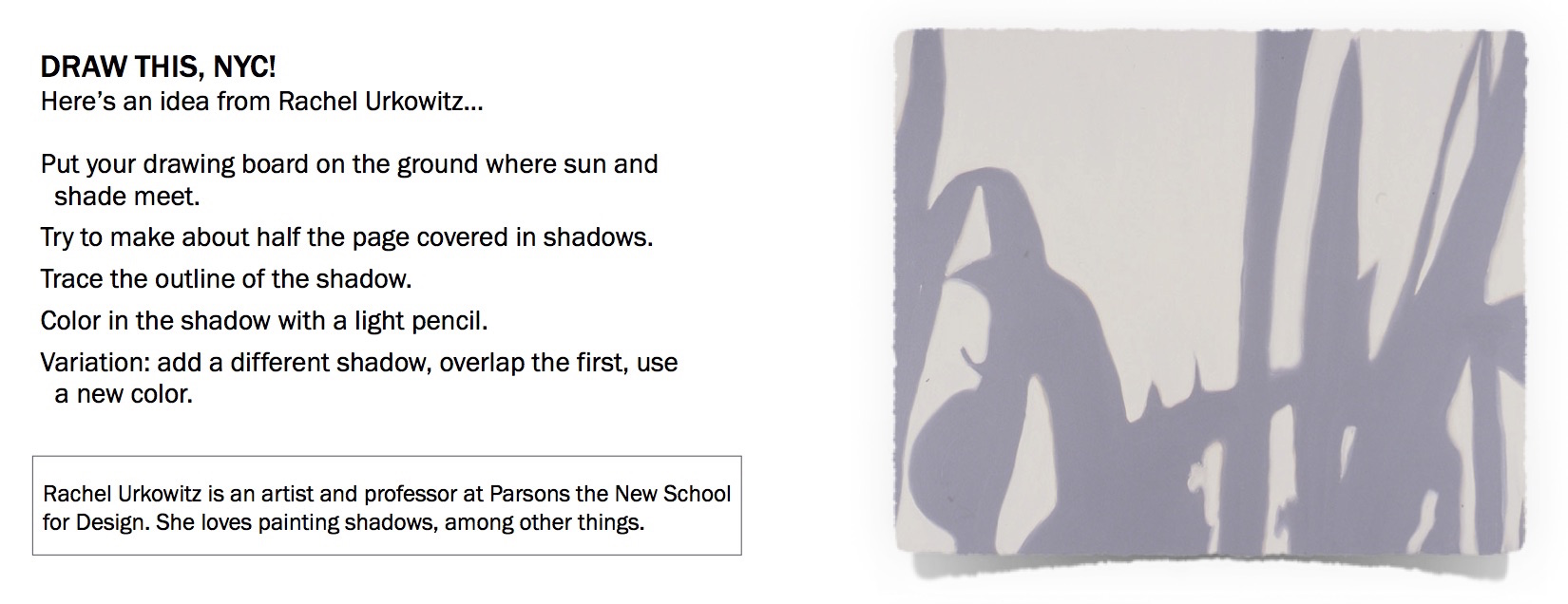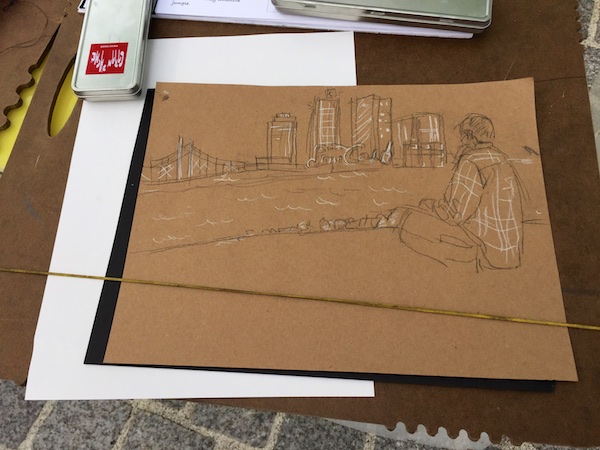Design Development
This page presents design problems, large and small, that we are seeking to solve to help expand our work programming public space in NYC. For more information contact Sam Davol.
About us and design partnerships
![]() Street Lab is a nonprofit that creates and shares extraordinary programs for public space across New York City—pop-up reading rooms, open-air drawing studios, and more. We do this work in order to improve the urban environment, strengthen neighborhoods, and bring New Yorkers together. We also send kits around the world so that others can do the same. We are currently in a residency at NYDesigns.
Street Lab is a nonprofit that creates and shares extraordinary programs for public space across New York City—pop-up reading rooms, open-air drawing studios, and more. We do this work in order to improve the urban environment, strengthen neighborhoods, and bring New Yorkers together. We also send kits around the world so that others can do the same. We are currently in a residency at NYDesigns.
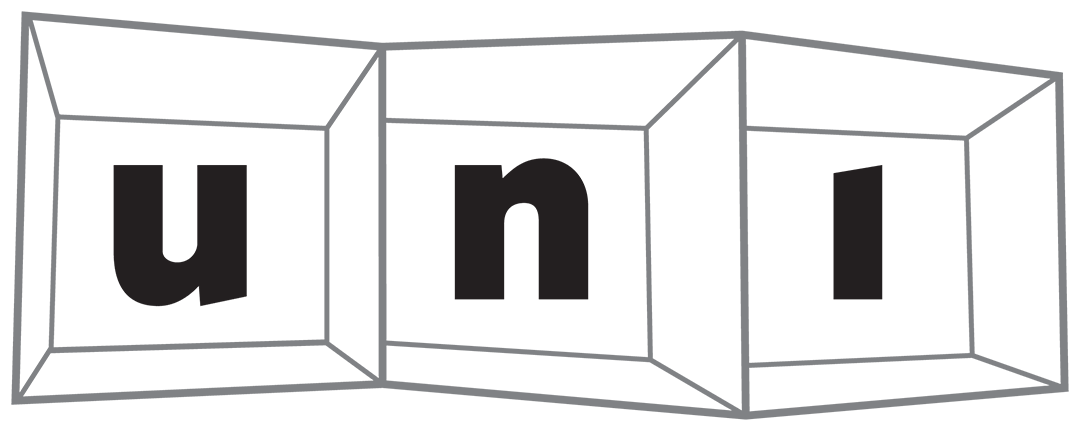 Street Lab is best known for its work as The Uni Project (www.theuniproject.org), which is an effort to bring learning experiences to NYC public space. Since 2011, we have popped up over 750 times in more than 215 locations across New York City, and we partner with community organizations and city agencies every place we deploy, prioritizing underserved neighborhoods. We’ve also built our programming kits for over 35 cities and all three NYC public library systems, the Department of Transportation, Four Freedoms Park.
Street Lab is best known for its work as The Uni Project (www.theuniproject.org), which is an effort to bring learning experiences to NYC public space. Since 2011, we have popped up over 750 times in more than 215 locations across New York City, and we partner with community organizations and city agencies every place we deploy, prioritizing underserved neighborhoods. We’ve also built our programming kits for over 35 cities and all three NYC public library systems, the Department of Transportation, Four Freedoms Park.
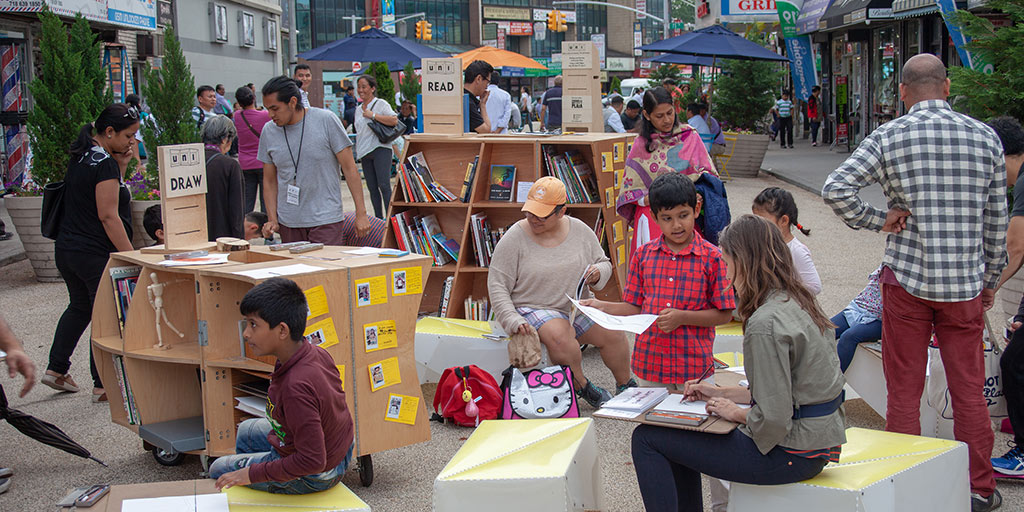 Street Lab was co-founded by Sam and Leslie Davol and grew out of their work activating space in downtown Boston from 2006-2010 with community-focused and partnership-driven projects, including Films at the Gate and Chinatown Storefront Library. Their work has been hailed as “groundbreaking” by Library Journal, and in 2012, the design created for their first Uni reading room by architects Höweler and Yoon was featured in the U.S. Pavilion at the 13th International Architecture Exhibition at the Biennale in Venice. In 2013, they were awarded an Innovations in Reading Prize from the National Book Foundation. In 2014, Street Lab was a winner of the Mayor of Boston’s Public Space Invitational. Street Lab’s Uni Project has also been nominated for a 2019 International Award for Public Art from the Institute for Public Art.
Street Lab was co-founded by Sam and Leslie Davol and grew out of their work activating space in downtown Boston from 2006-2010 with community-focused and partnership-driven projects, including Films at the Gate and Chinatown Storefront Library. Their work has been hailed as “groundbreaking” by Library Journal, and in 2012, the design created for their first Uni reading room by architects Höweler and Yoon was featured in the U.S. Pavilion at the 13th International Architecture Exhibition at the Biennale in Venice. In 2013, they were awarded an Innovations in Reading Prize from the National Book Foundation. In 2014, Street Lab was a winner of the Mayor of Boston’s Public Space Invitational. Street Lab’s Uni Project has also been nominated for a 2019 International Award for Public Art from the Institute for Public Art.
EXISTING PROGRAMS AND DESIGNS
We have different programs that we deploy in NYC: READ, DRAW, EXPLORE, BUILD, SOLVE, and we are actively developing new programs on the street. For example, our most recent program WRITE includes typewriters, writing implements, and activities.
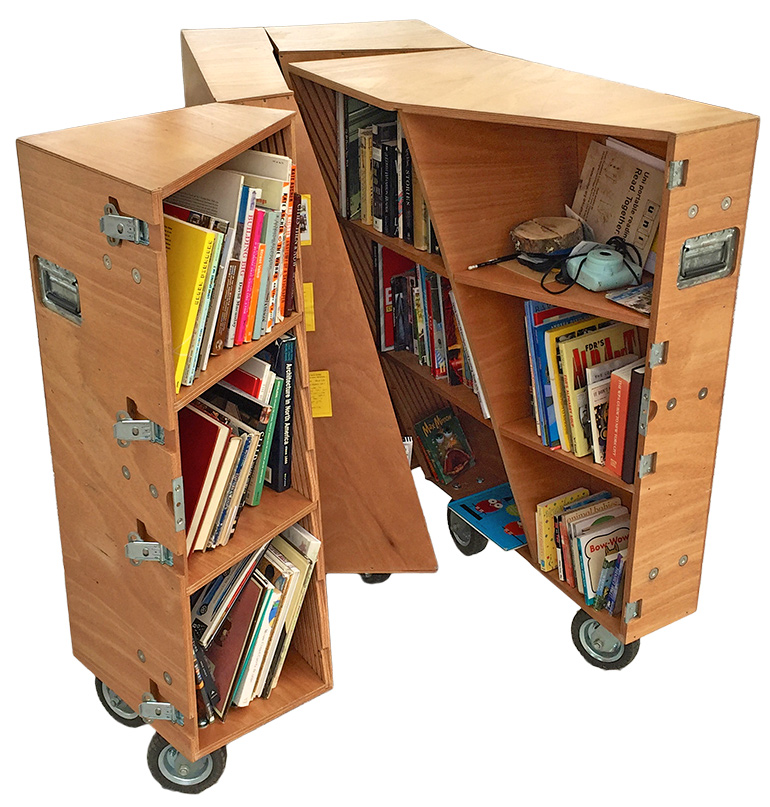 To deploy these programs we use custom-designed infrastructure (benches, carts, display surfaces, and modular shelving) built with our architecture, design, and fabricating partners. Once these designs are road-tested and refined on our circuit through NYC, we fabricate the same items for other cities. View a list of products that we build for others here, and read a brief overview of our work with designers over the years here.
To deploy these programs we use custom-designed infrastructure (benches, carts, display surfaces, and modular shelving) built with our architecture, design, and fabricating partners. Once these designs are road-tested and refined on our circuit through NYC, we fabricate the same items for other cities. View a list of products that we build for others here, and read a brief overview of our work with designers over the years here.
When creating new designs, we seek solutions that:
- relate aesthetically to our existing designs (especially our benches, which are used for seating at all locations);
- rely on modules that can be transported in a standard minivan;
- create a dramatic installation that attracts the public and will complement the parks, plazas, and other public spaces where we operate;
- are durable for 3-5 years of heavy use and easily repairable;
- help meet our environmental goal to be 100% climate neutral operation.
Large Projects:
System of pop-up infrastructure for public programs
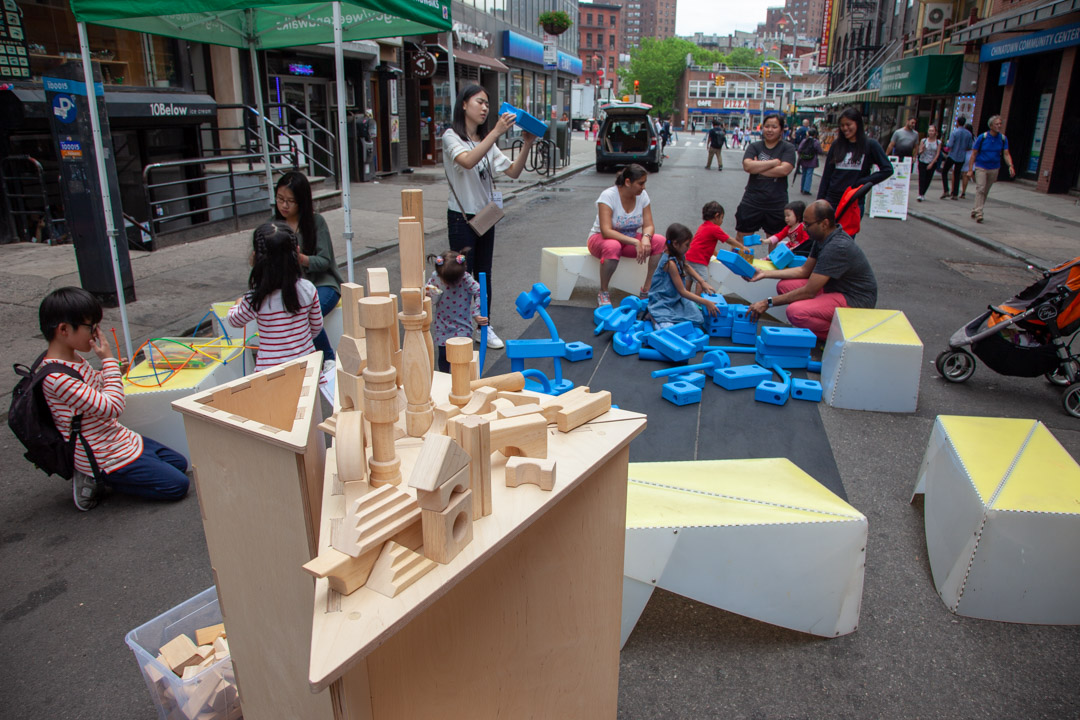 Currently, each of our programs (READ, DRAW, BUILD, EXPLORE, etc) have a different, custom infrastructure optimized for each specific program. As we increase the number of our deployments and develop new programs at a faster clip, we are seeking a new, unified furniture design that can be used to deploy any of our programs on a given day. Ideally, our vehicle should contain a system of modules (eg. table-top surfaces, shelving, and display surfaces) which could be deployed in different configurations and combined with various program materials to offer different programs each day. For example, one table top solution could present math puzzles for our SOLVE program, bird specimens for our EXPLORE program, or typewriters for our new WRITE program.
Currently, each of our programs (READ, DRAW, BUILD, EXPLORE, etc) have a different, custom infrastructure optimized for each specific program. As we increase the number of our deployments and develop new programs at a faster clip, we are seeking a new, unified furniture design that can be used to deploy any of our programs on a given day. Ideally, our vehicle should contain a system of modules (eg. table-top surfaces, shelving, and display surfaces) which could be deployed in different configurations and combined with various program materials to offer different programs each day. For example, one table top solution could present math puzzles for our SOLVE program, bird specimens for our EXPLORE program, or typewriters for our new WRITE program.
We envision a system of modules that:
- transports and displays books and other activities on shelves;
- transports and displays art-making materials such drawing boards, pencil holders, paper (which are taken to benches to be used);
- offers a large communal table for LEGO and other group activities;
- offers small tables surfaces for activities intended for only 1-2 people, like a puzzle, typewriter, or hands-on exhibit;
- offers signage explaining the entire installation and recognizing partners and donors.
Our recent Tangram design took a step in the direction of a modular solution that meets some of the requirements above. As an example, here is the Tangram, shown deploying our BUILD program:
Shade solution
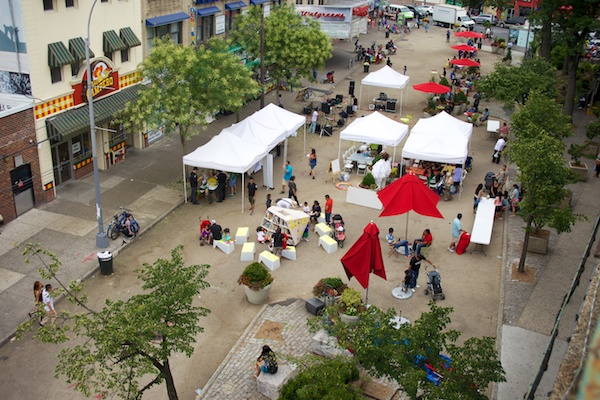 Our success in public space often depends on providing shade—this allows people to gather and greatly expands the spaces available for us to program. On a hot day, if we bring shade, we can transform almost any urban space into a vibrant gathering spot for a community. Currently, we rely on standard 10’x10′ tents, but this solution undercuts our work, forcing us to obscure the drama of our designs and limiting the size of the gathering space we can create.
Our success in public space often depends on providing shade—this allows people to gather and greatly expands the spaces available for us to program. On a hot day, if we bring shade, we can transform almost any urban space into a vibrant gathering spot for a community. Currently, we rely on standard 10’x10′ tents, but this solution undercuts our work, forcing us to obscure the drama of our designs and limiting the size of the gathering space we can create.
We seek a dramatic, flexible, and easy-to-deploy shade solution that is eye-catching and sets us apart from other vendors (often commercial) in public space. An original tent design could become a prominent, recognizable signal that our programs (free, open to all ages) have arrived on site. Our carts and benches already play that role in many neighborhoods where we have worked for several years.
Here are photos of our existing tents:
Information Kiosk
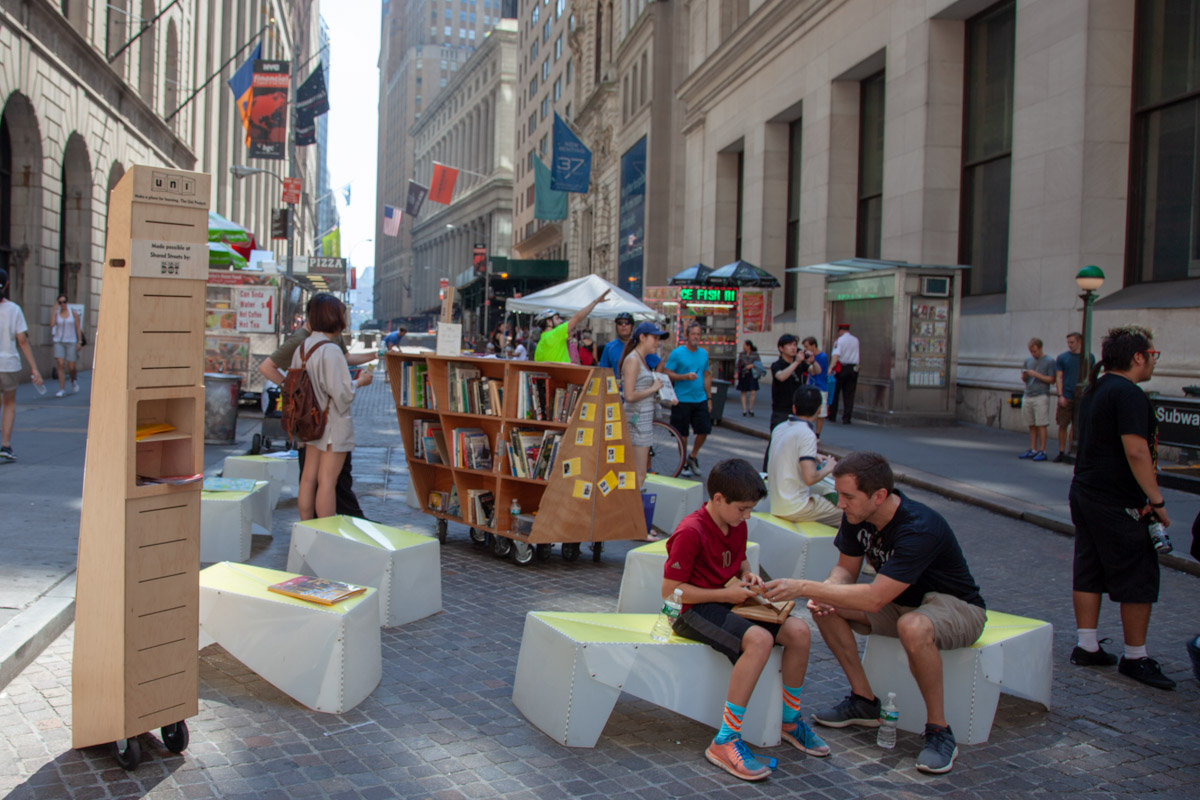 People have lots of questions about our work, and we want to create a freestanding signage solution that stands apart from our programmatic activities and achieves the following:
People have lots of questions about our work, and we want to create a freestanding signage solution that stands apart from our programmatic activities and achieves the following:
- provides basic information about the identity and mission of Uni Project
- recognizes partners, hosts, sponsors; and
- provides our content and community partners at each location a place to share flyers and other information about their institution/organization.
Ideally, we think there should be as little signage as possible at our installations. Our reading, drawing, building stations should not need text to explain what you can do. A huge table of LEGO in public space basically doesn’t need instructions. But we do have other messages that we need to share, and often our community partners also have information to include. Our goal is to create a freestanding solution for those needs that can be set to the side of our installation and serve as kind of “about page” for the experience we are creating on the street.
On the freestanding kiosk, there is need for both STATIC and DYNAMIC content.
STATIC: (this is our masthead content)
- Organization name/logo
- Space for a brief “about” text, major funders, url, social media handles
- Place for bookmarks, cards about Uni Project to take away (can’t blow away in wind)
- Place for clipboard to sign up for Uni Project email list, etc
DYNAMIC: (site-specific content that changes with each day)
- Details about the day: “We’ll be here all month: May 5, 12, 19, 3-6pm”
- Host partner: (Pitkin Avenue BID)
- Made possible by: (NYC DOT)
- Other partners: (NYPL)
- Place for flyers (8.5×11” and tri-fold) from partners

 In 2016, we attempted to create a kiosk, and we learned a great deal about how a solution could work. However, the design had limitations such that we were not able to keep the kiosk in use. The design was a system of tiles that can be stacked in a frame, inspired by old fashioned air-traffic control or train schedules. Photos below.
In 2016, we attempted to create a kiosk, and we learned a great deal about how a solution could work. However, the design had limitations such that we were not able to keep the kiosk in use. The design was a system of tiles that can be stacked in a frame, inspired by old fashioned air-traffic control or train schedules. Photos below.
Smaller Projects:
Portable display wall
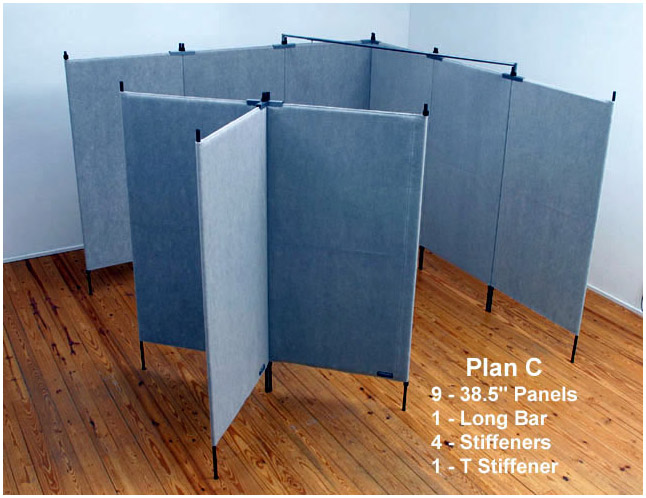 We are looking to create a portable display surface that could fill these needs:
We are looking to create a portable display surface that could fill these needs:
- portable gallery for art work created by the public at our DRAW program
- portable drawing wall, for communal activities on the street (we envision a large scroll of drawing paper that could create a traveling mural that that the public can add to
- display exhibit surfaces for all our programs, especially EXPLORE (urban nature)
There are off-the-shelf solutions, but we would like to create something that does not look too corporate/trade show, and is pleasing and interesting to encounter in public space.
Table-top program signs
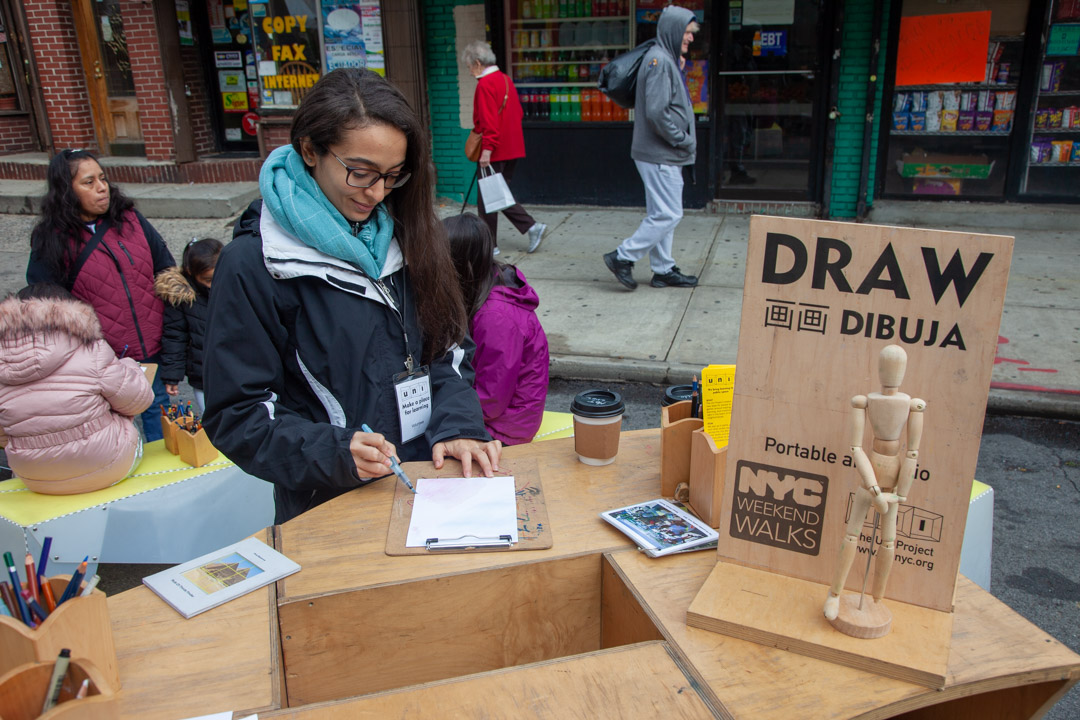 We rely on a table top 11″x17″ standing sign on each program cart as “title” signage for each program (READ, DRAW, BUILD, etc.). Currently, we print text on clear labels which are afixed to standing plywood signs. The sign board rests in a Dado cut in the center of the base, and both pieces detach when the sign is taken down at night. The signs are quite heavy and the joinery begins to loosen and fail over time. We’re looking for a new solution, and this could be designed in coordination with the previous project, freestanding kiosk.
We rely on a table top 11″x17″ standing sign on each program cart as “title” signage for each program (READ, DRAW, BUILD, etc.). Currently, we print text on clear labels which are afixed to standing plywood signs. The sign board rests in a Dado cut in the center of the base, and both pieces detach when the sign is taken down at night. The signs are quite heavy and the joinery begins to loosen and fail over time. We’re looking for a new solution, and this could be designed in coordination with the previous project, freestanding kiosk.
Solution for prompts, boards, activity trays
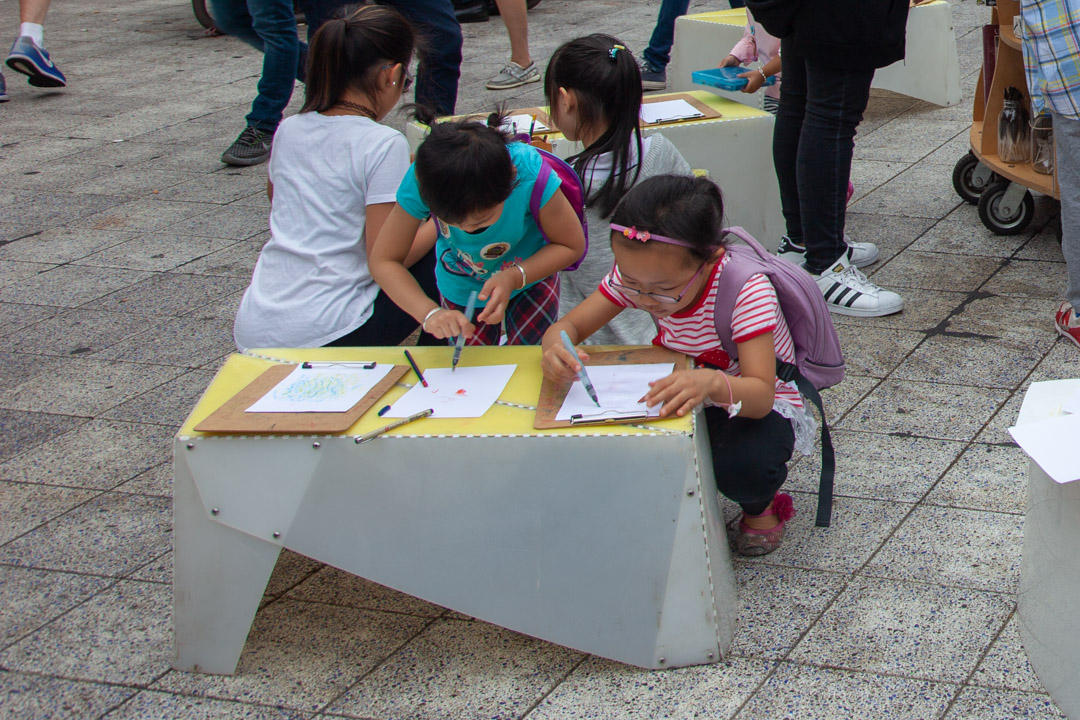 We need a solution for giving people ideas about what they can draw, build, or write about at our installations (what we call “prompts”). Ideally, these prompts should be right in front of where they are drawing, building or writing. Often people need to carry the prompts and activities to a bench to work on them on trays or boards. Our content partners, like The Drawing Center, museums, and other cultural organizations, like to contribute to our work by creating their own prompts (“Here’s an idea for something to draw, from The Drawing Center”, so a system should allow us to add different ideas from multiple partners. View a web page inviting our partners to create drawing prompts here. And below are photos of how we currently add prompts to the top of drawing boards for our DRAW program. This has been challenging due to the weight and complexity of adding prompts to every board, and we are seeking a new approach.
We need a solution for giving people ideas about what they can draw, build, or write about at our installations (what we call “prompts”). Ideally, these prompts should be right in front of where they are drawing, building or writing. Often people need to carry the prompts and activities to a bench to work on them on trays or boards. Our content partners, like The Drawing Center, museums, and other cultural organizations, like to contribute to our work by creating their own prompts (“Here’s an idea for something to draw, from The Drawing Center”, so a system should allow us to add different ideas from multiple partners. View a web page inviting our partners to create drawing prompts here. And below are photos of how we currently add prompts to the top of drawing boards for our DRAW program. This has been challenging due to the weight and complexity of adding prompts to every board, and we are seeking a new approach.

